Fifteen million. Or perhaps 20. Nobody was certain, but when €5m can be bandied about in terms of ‘give or take’, you quickly get the idea of the value and rarity of a car.
The car in point was the BMW 328 Berlin-Rome Touring Roadster, and I was about to drive it in a hailstorm for two hours, in preparation for taking part in the Mille Miglia rally in Italy.
Intimidating? You bet. No matter how many times carefree colleagues reminded me that all the value was in the chassis number rather than the actual metalwork, I couldn’t shake off my unease. The supposedly comforting suggestion from one BMW man that “the only way you’ll cost us €20m is by writing the car off – in which case you won’t be around to worry about it” did little to help.
Built in 1940 by coachbuilder Carrozzeria Touring, it was one of three 328s streamlined to take part in the Berlin to Rome race of 1941, an event subsequently cancelled for obvious historical reasons.
Powered by a 1971cc straight six engine linked to a four-speed gearbox, it has around 120bhp at 5500rpm and weighs just 700kg.
Top speed is rated at 120mph or so, while stopping power comes from a combination of drum brakes and ventilated anchor plates. Oh, and you’ll note the absence of any seatbelts and rollover protection, never mind anything resembling a roll cage or crash structure.
Even in that hailstorm, my face stinging from the force of the ice pounding my skin, I discovered that the car was fast, nimble and a little tail-happy.
In fact – and possibly helped by the fact that the staff of BMW’s Classic division have a reputation for being the master craftsmen of the tens of thousands of engineers working in Munich – it was quite easy to drive, revving cleanly from low down to the redline and riding and handling with a smoothness and directness that defied its age. Only the brakes required any real recalibration of my brain, being about half as effective as those of a modern car.
But I was never going to approach the event with any confidence; to do so would have been tempting fate. Just over a week after my first acquaintance with the car, waiting in the holding area for the start at the incredible Mille Miglia museum in Brescia with the team and my team-mate Ian Robertson, BMW’s board member in charge of sales and marketing, I slipped away and felt more than a little bit sick.
Piled on top of the sense of the responsibility to the car and Ian, there was the pressure of following the road book, getting the time cards stamped at the 33 set locations and programming and using the on-board trip computer that was required to complete the 84 regularity and average speed tests around the route.

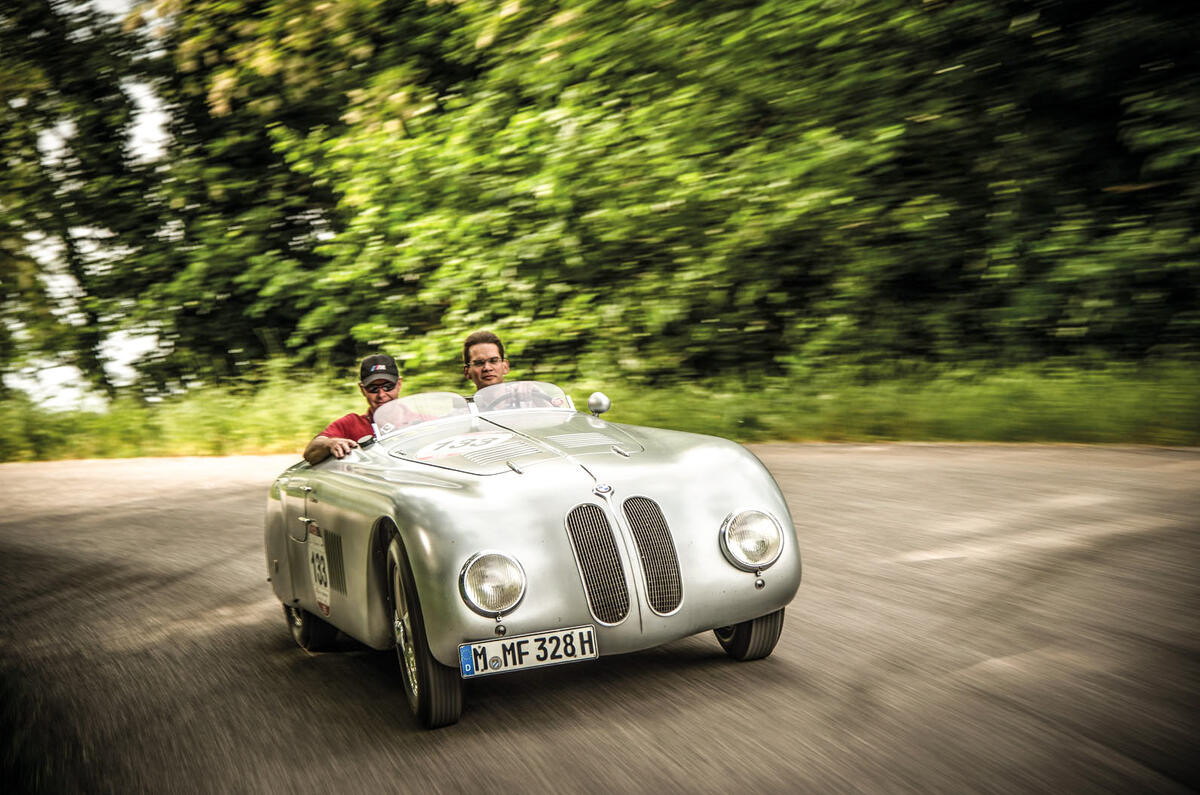
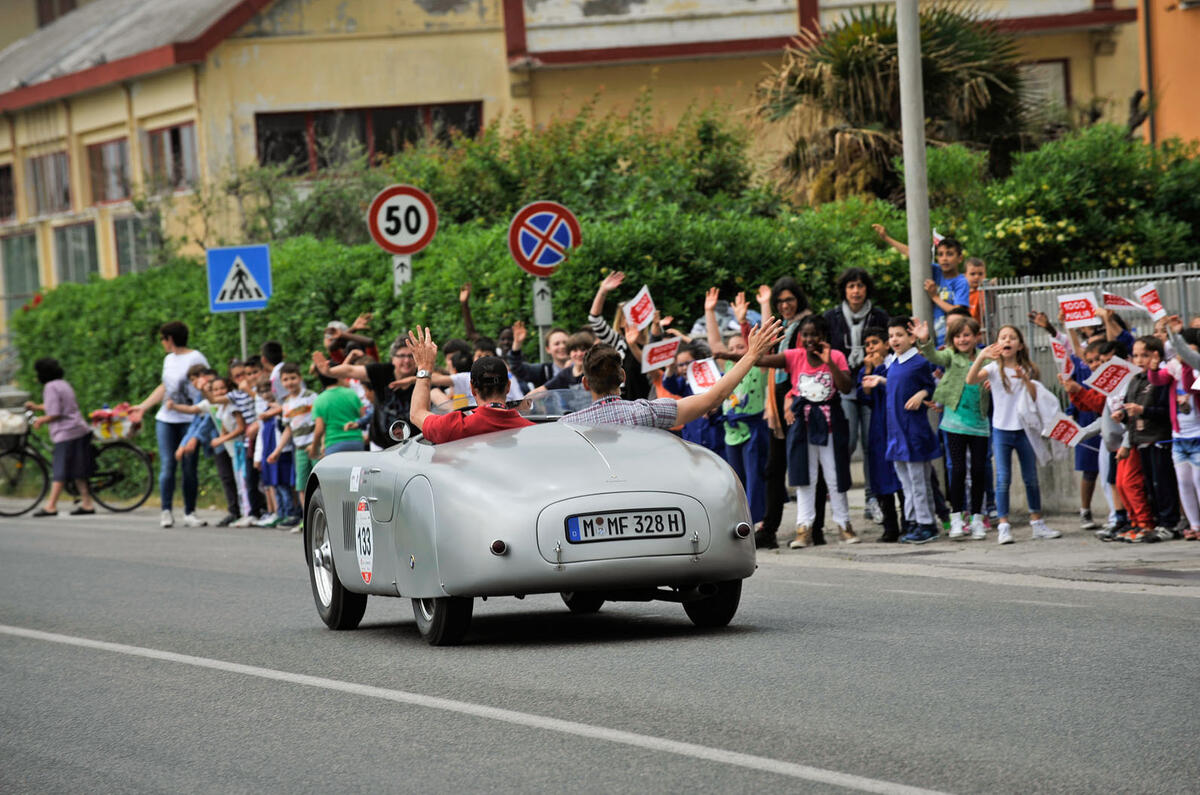
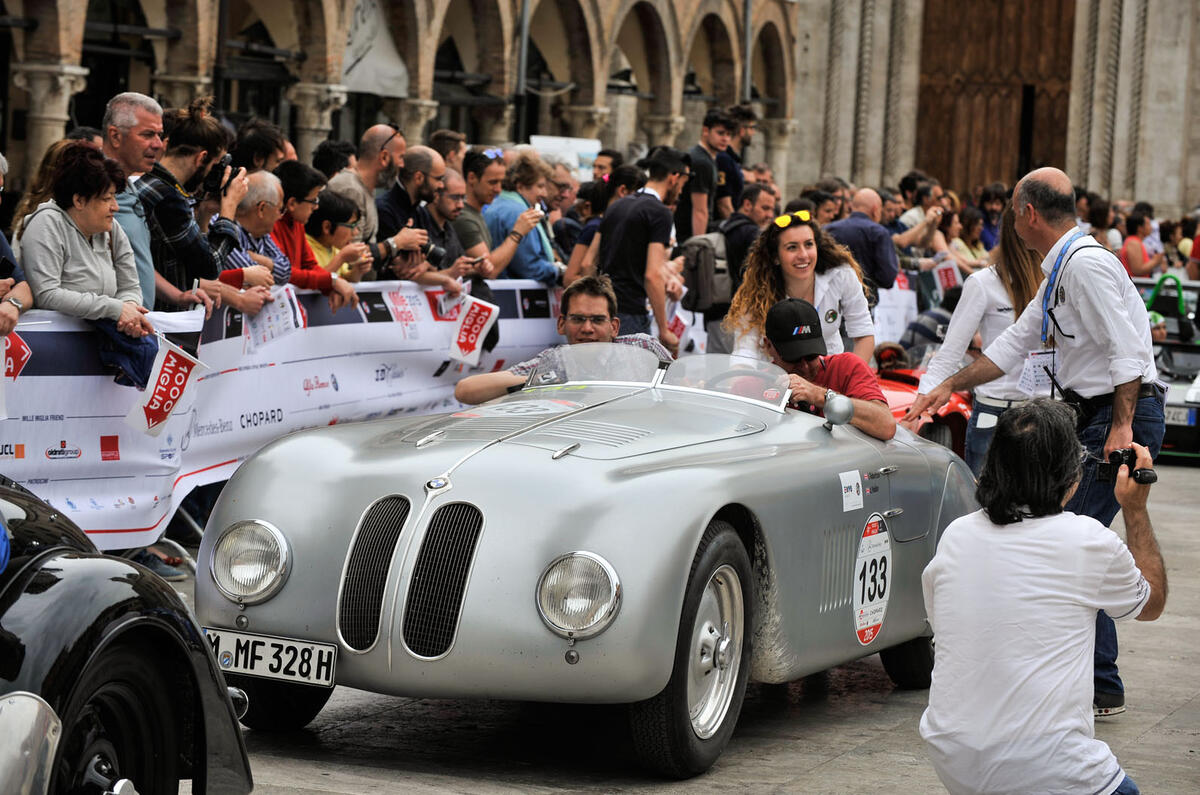
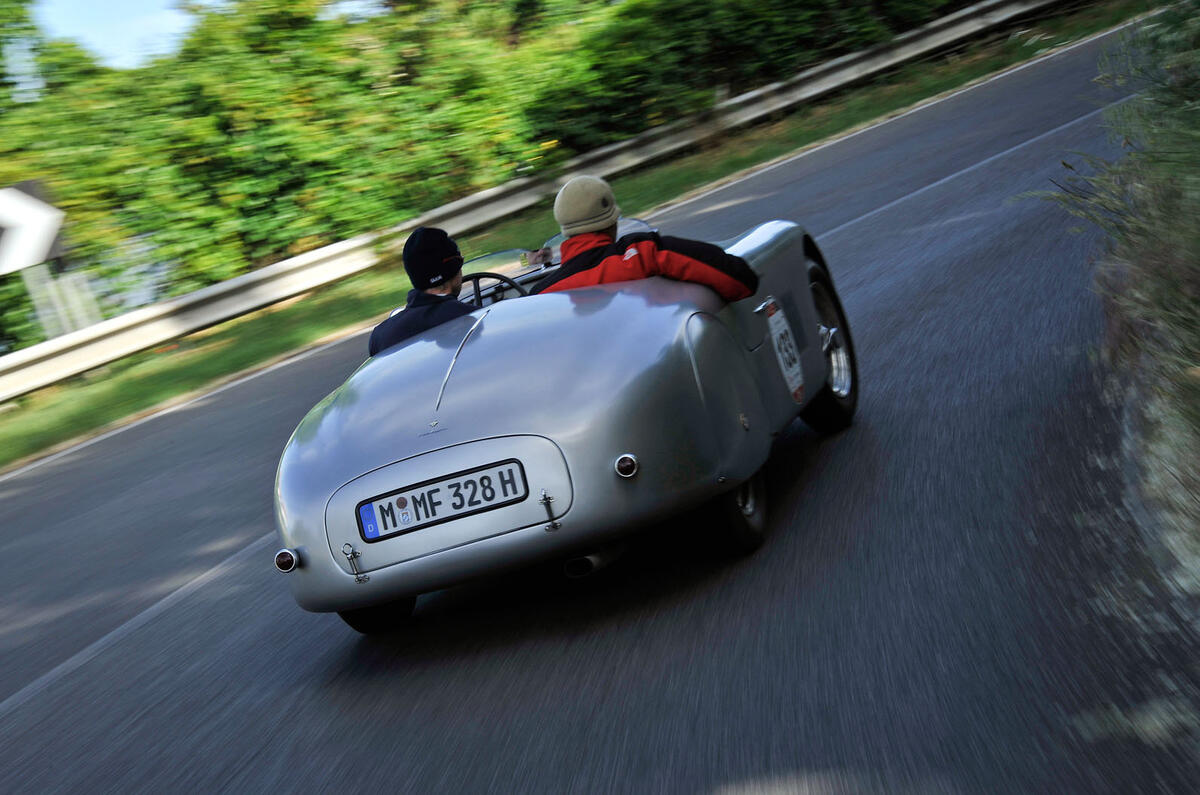
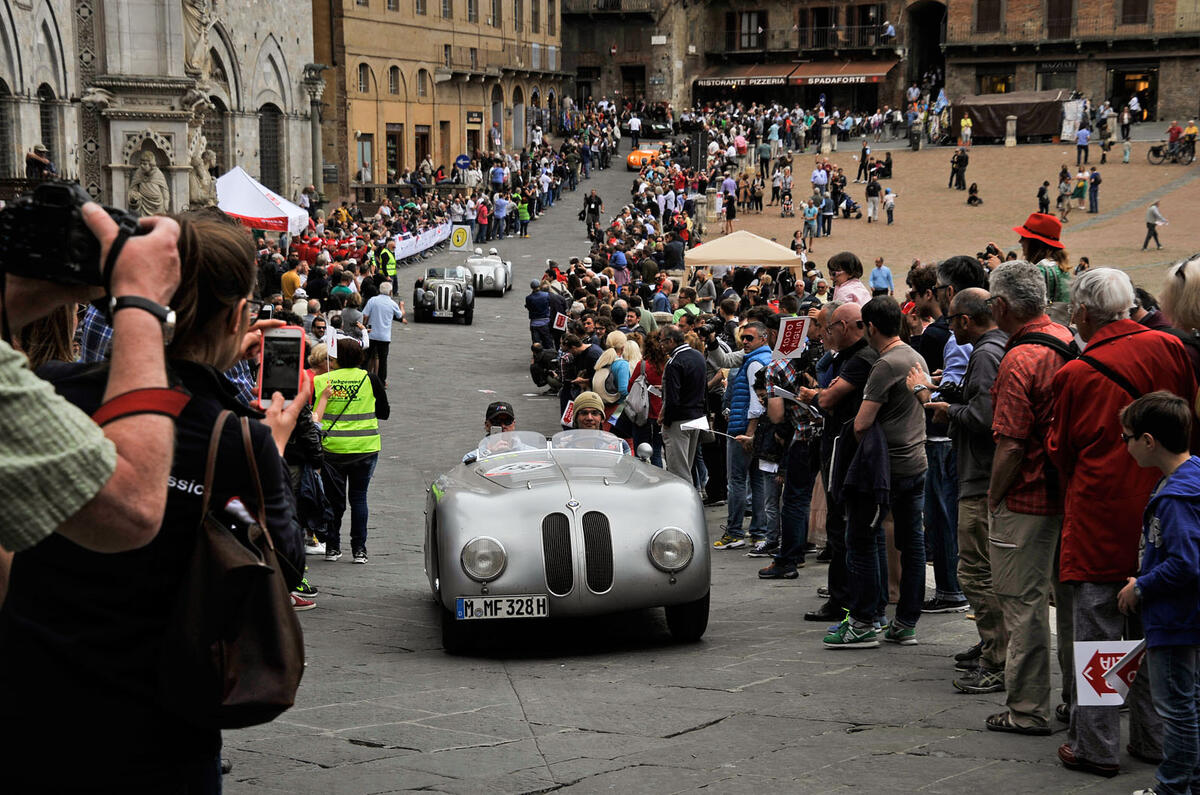
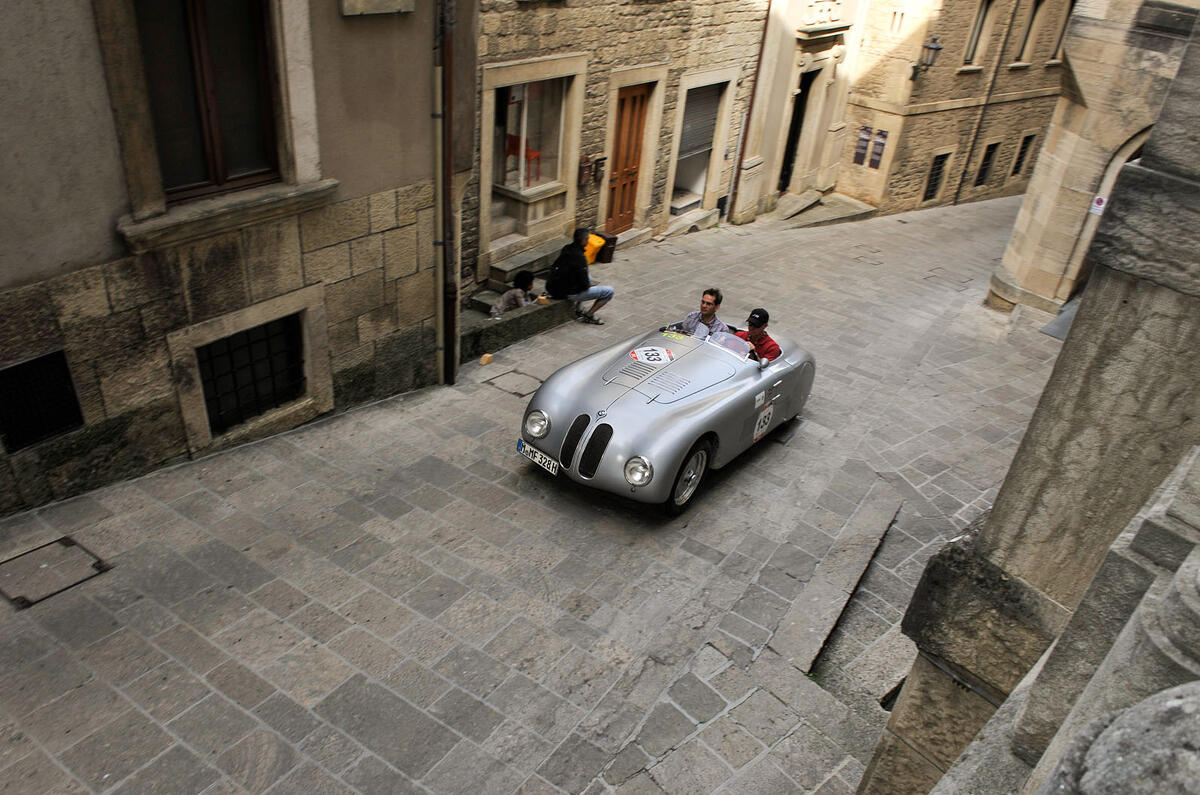
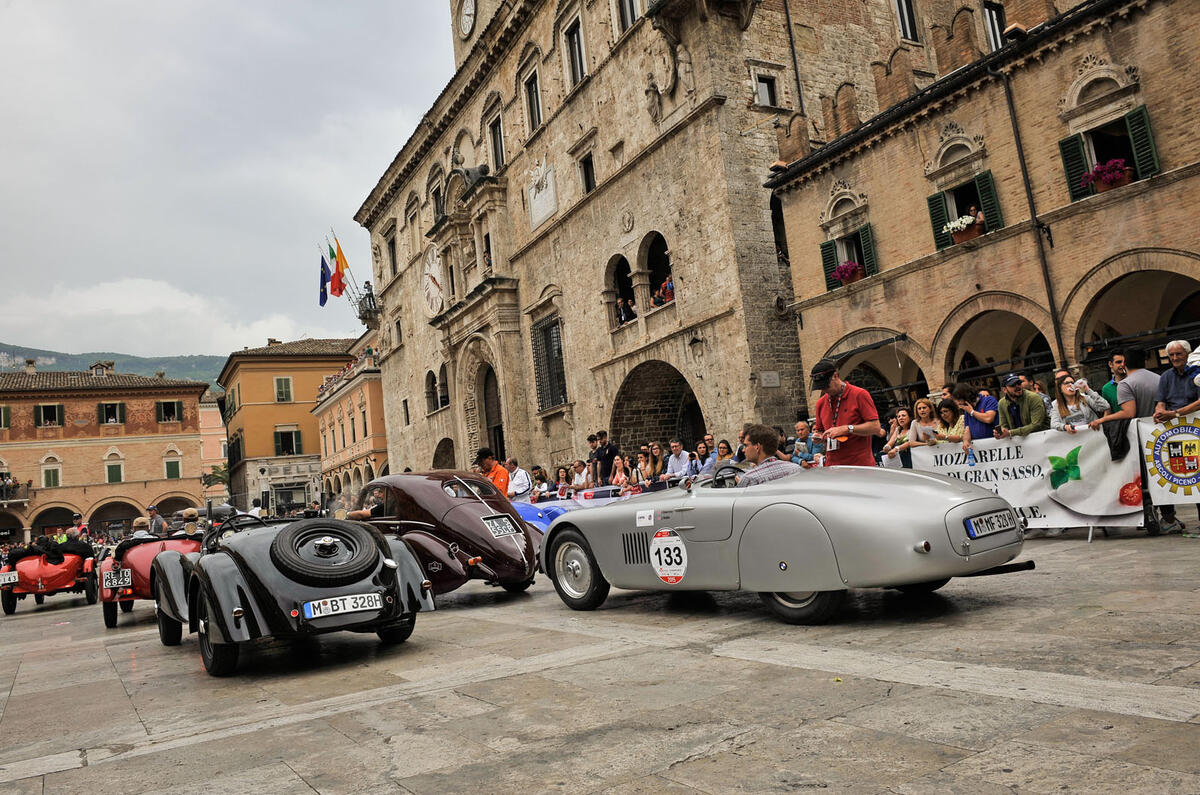
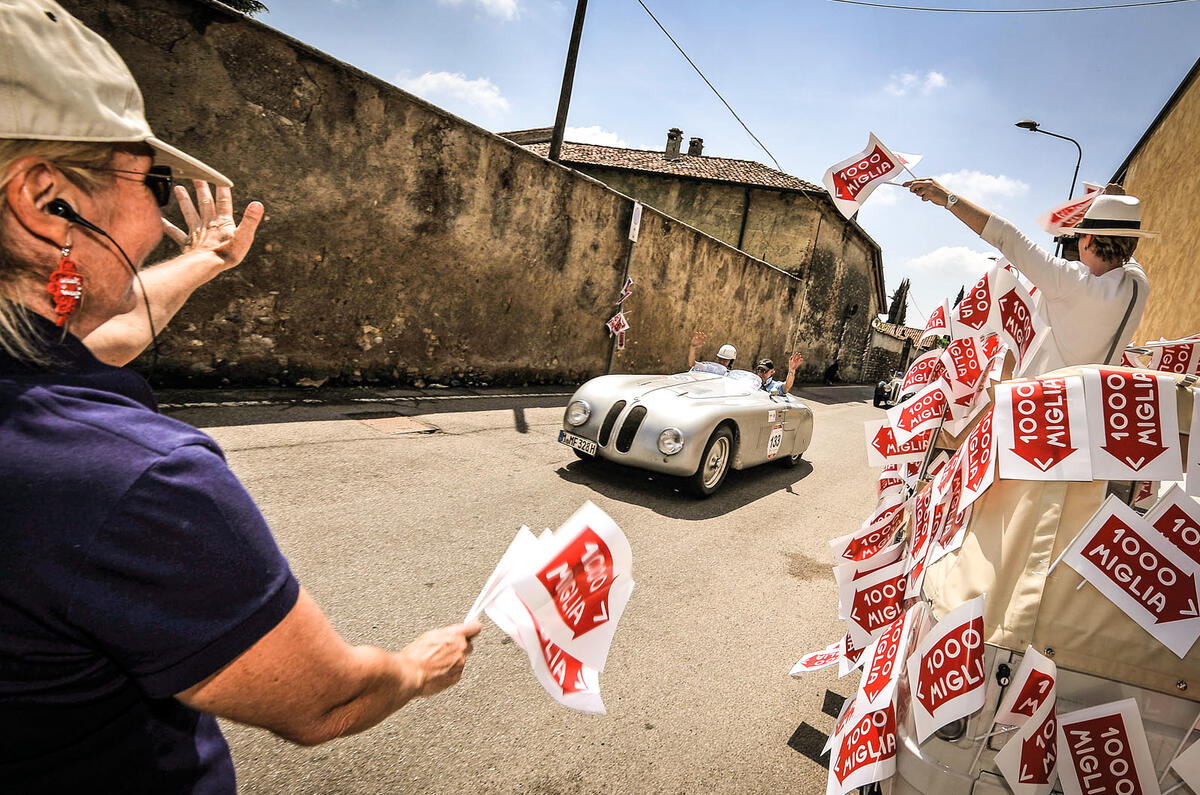
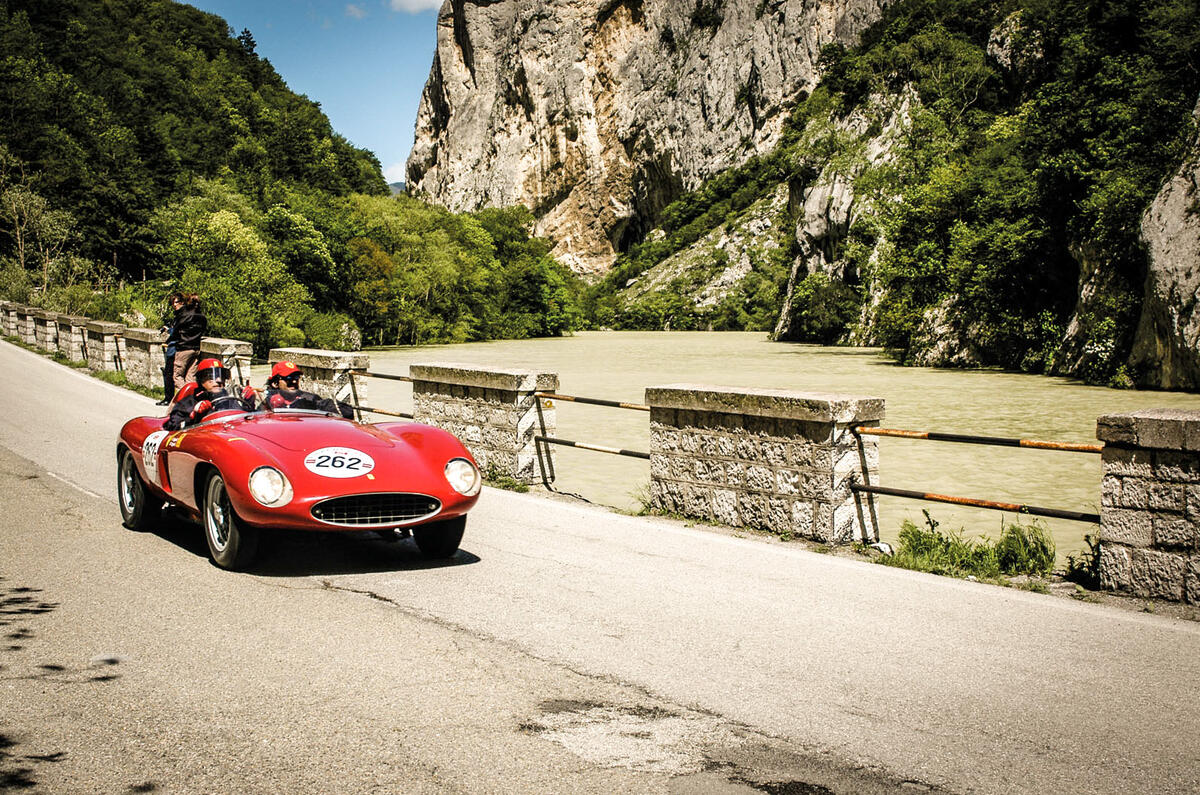
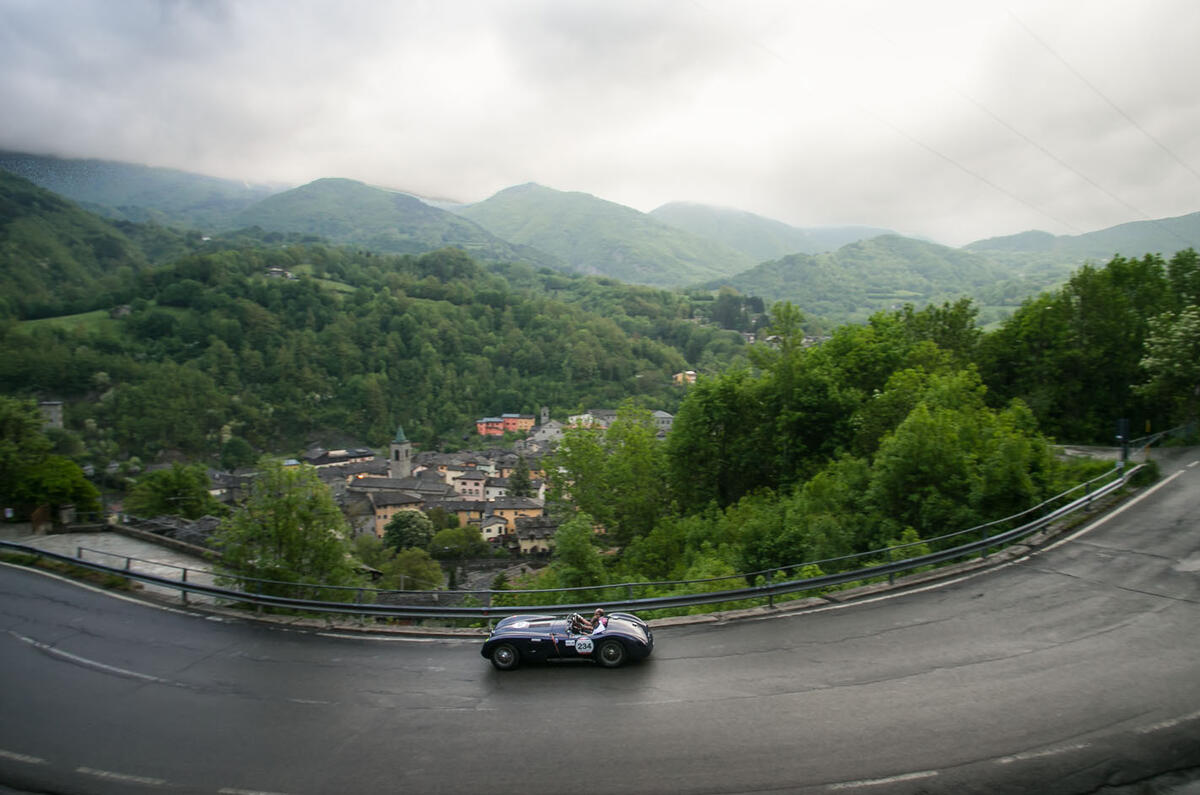
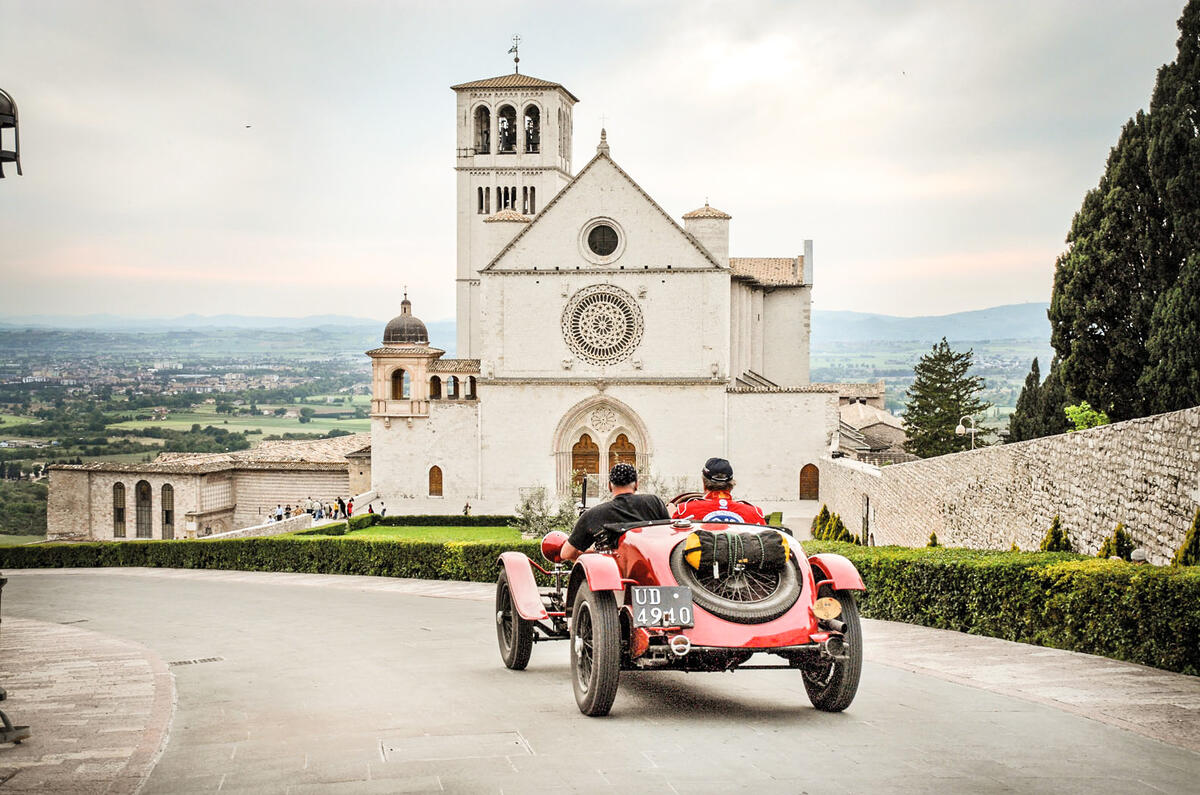

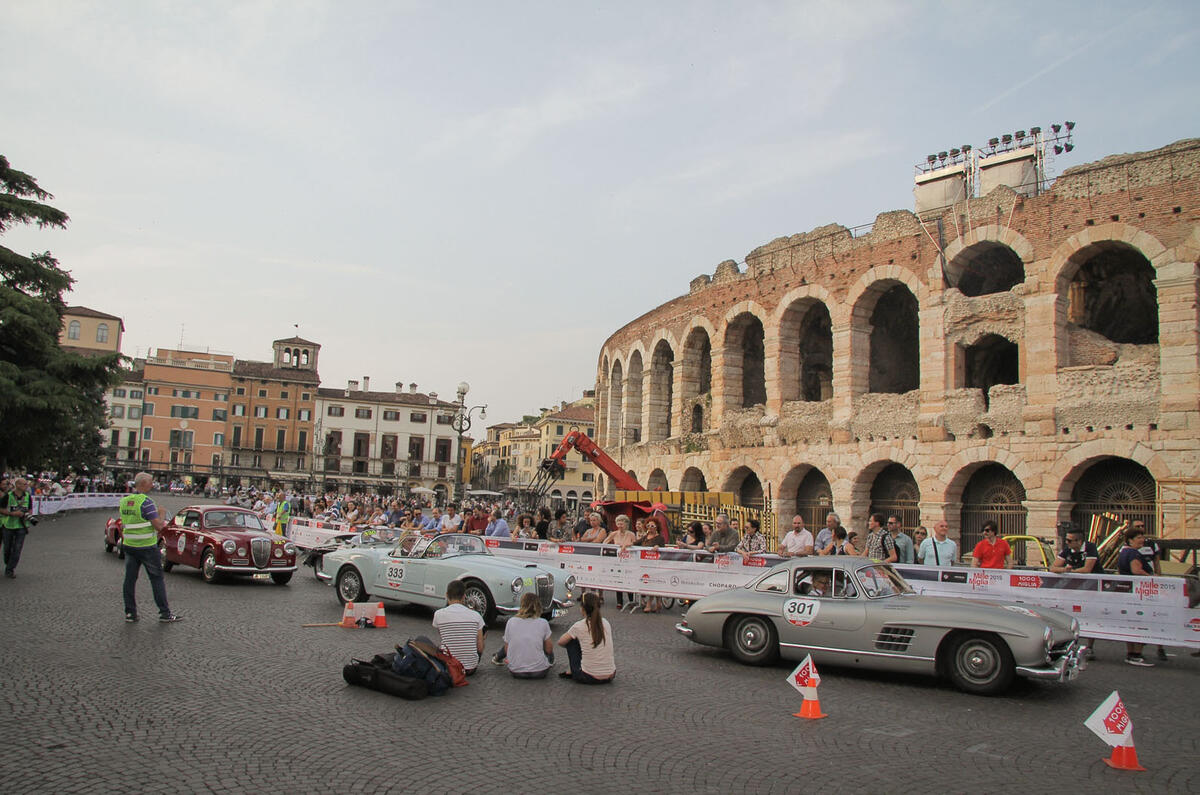
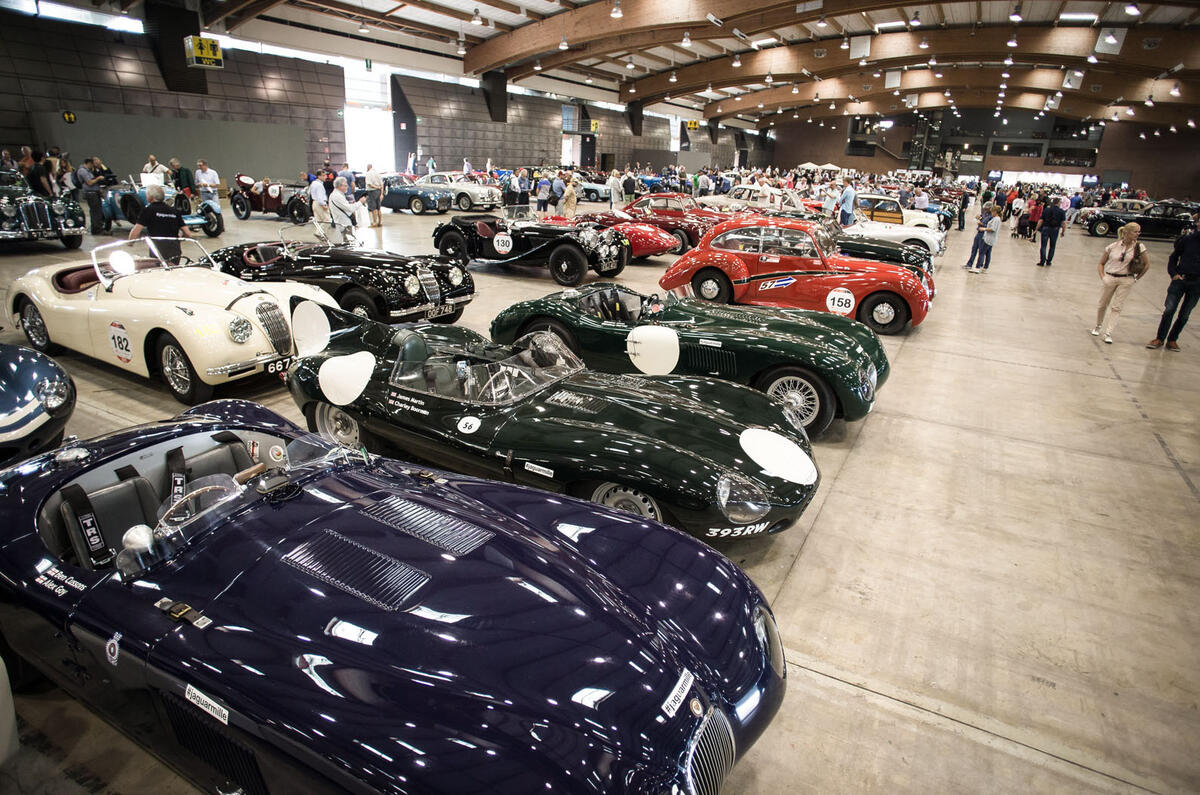
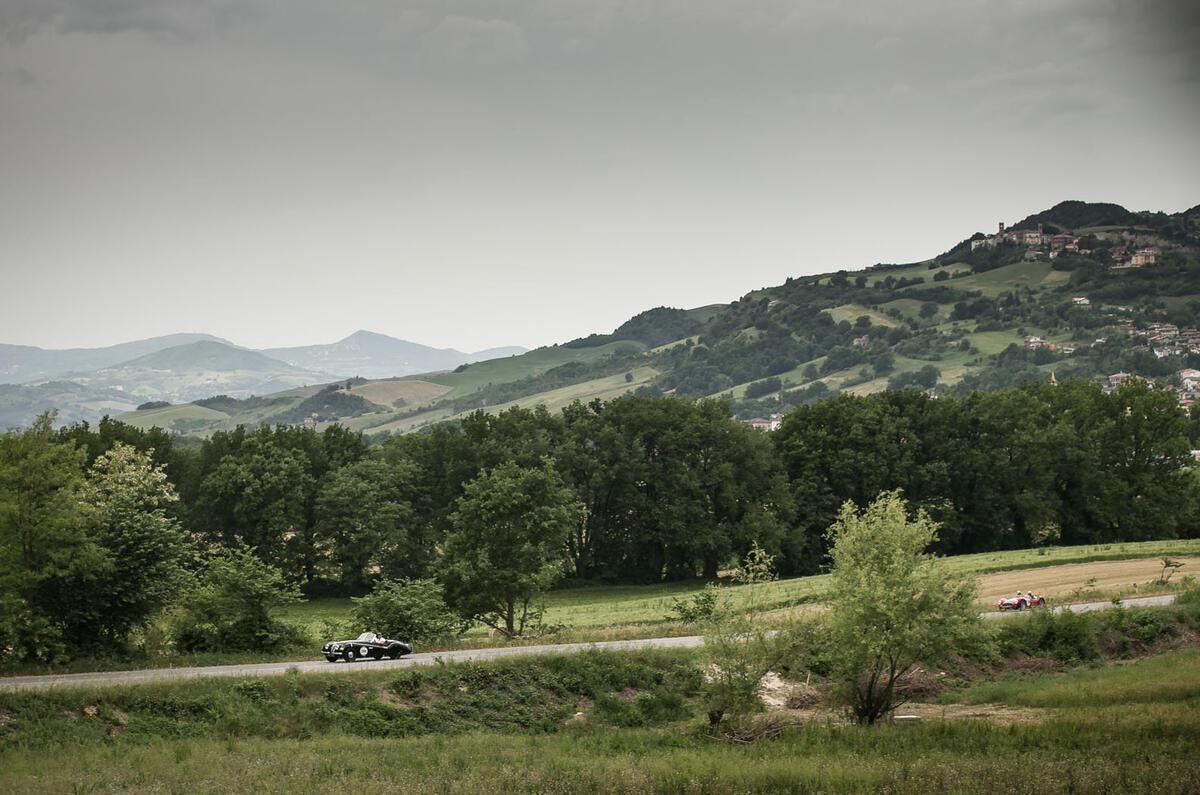
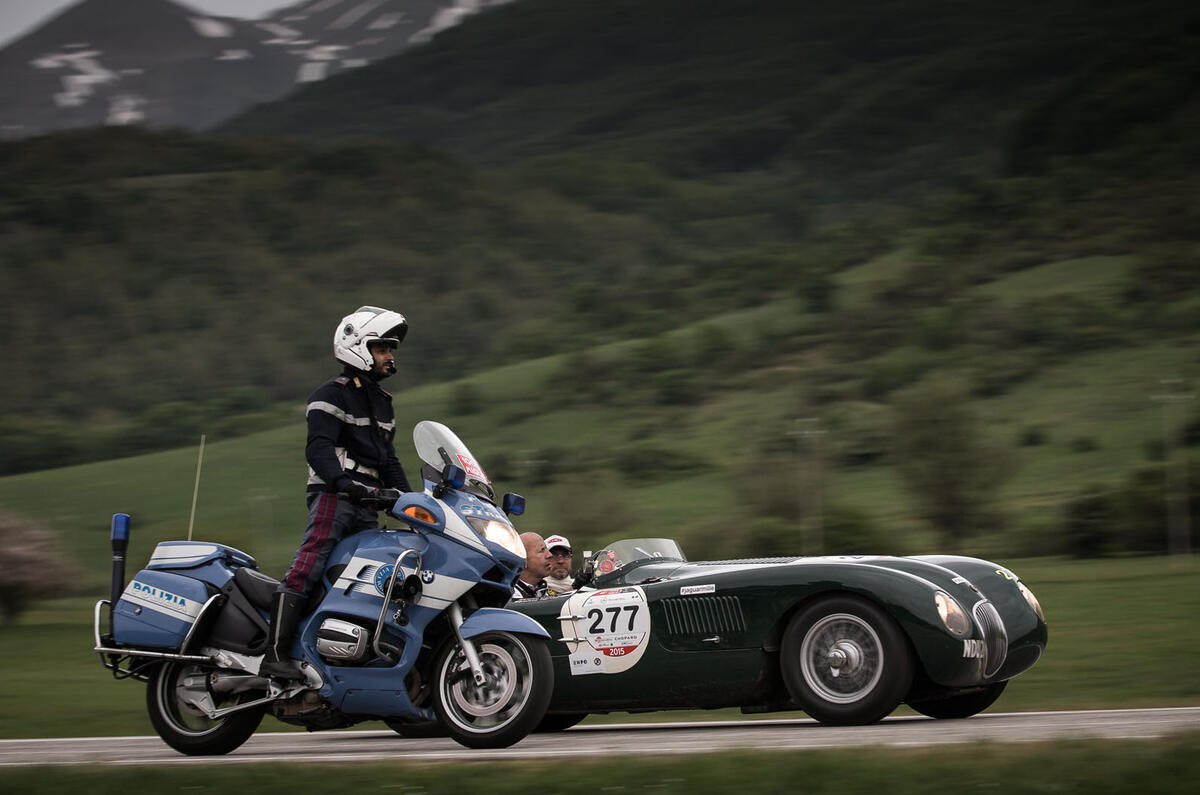
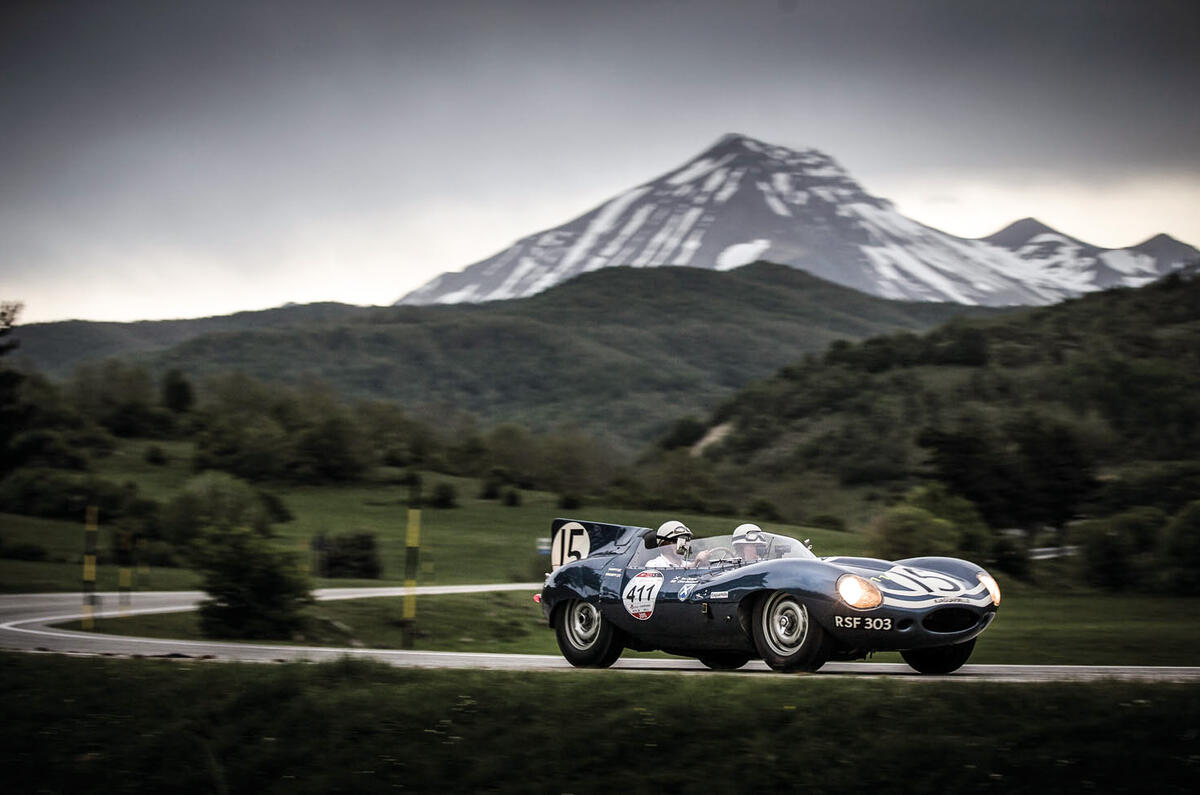
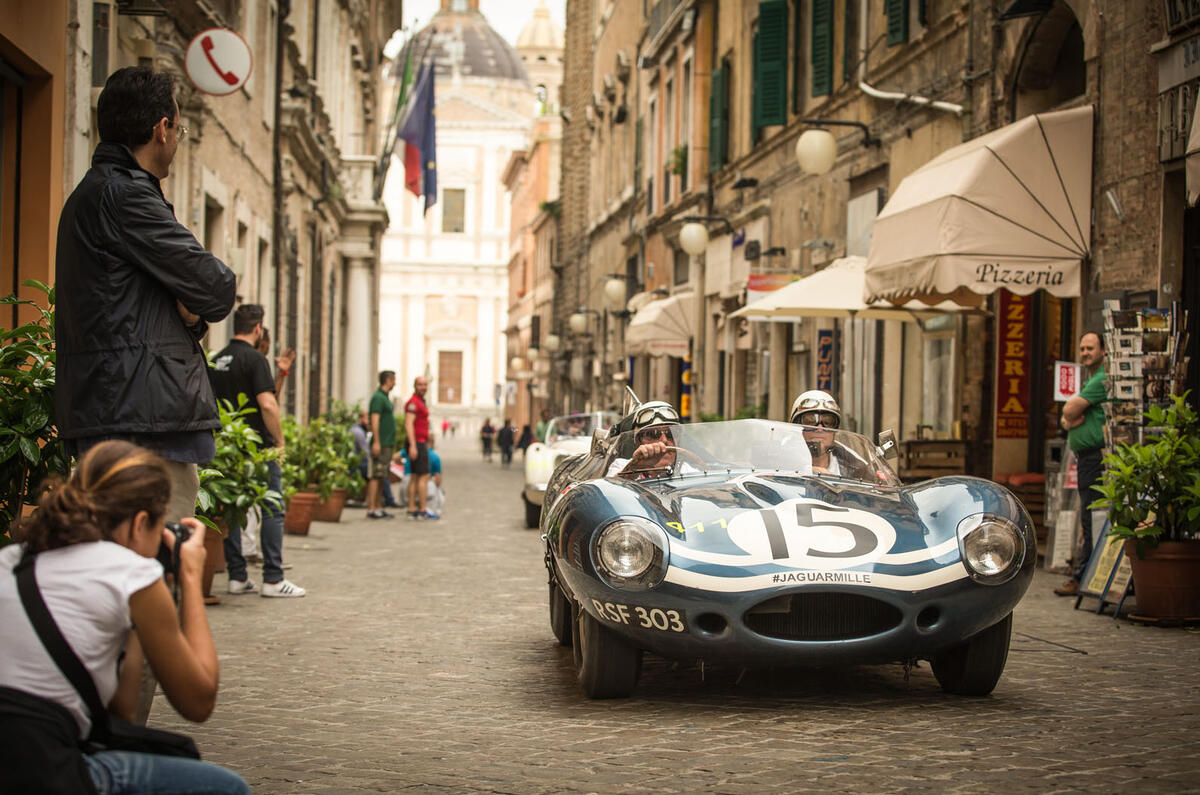
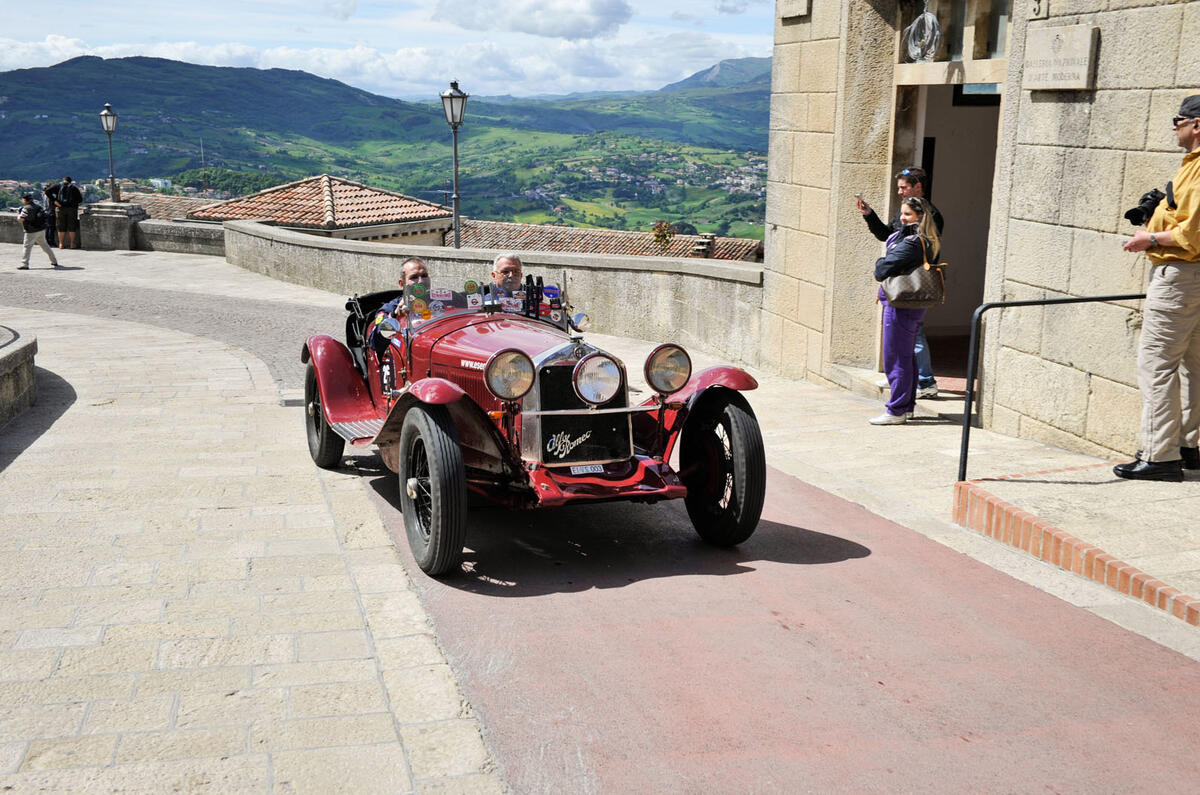
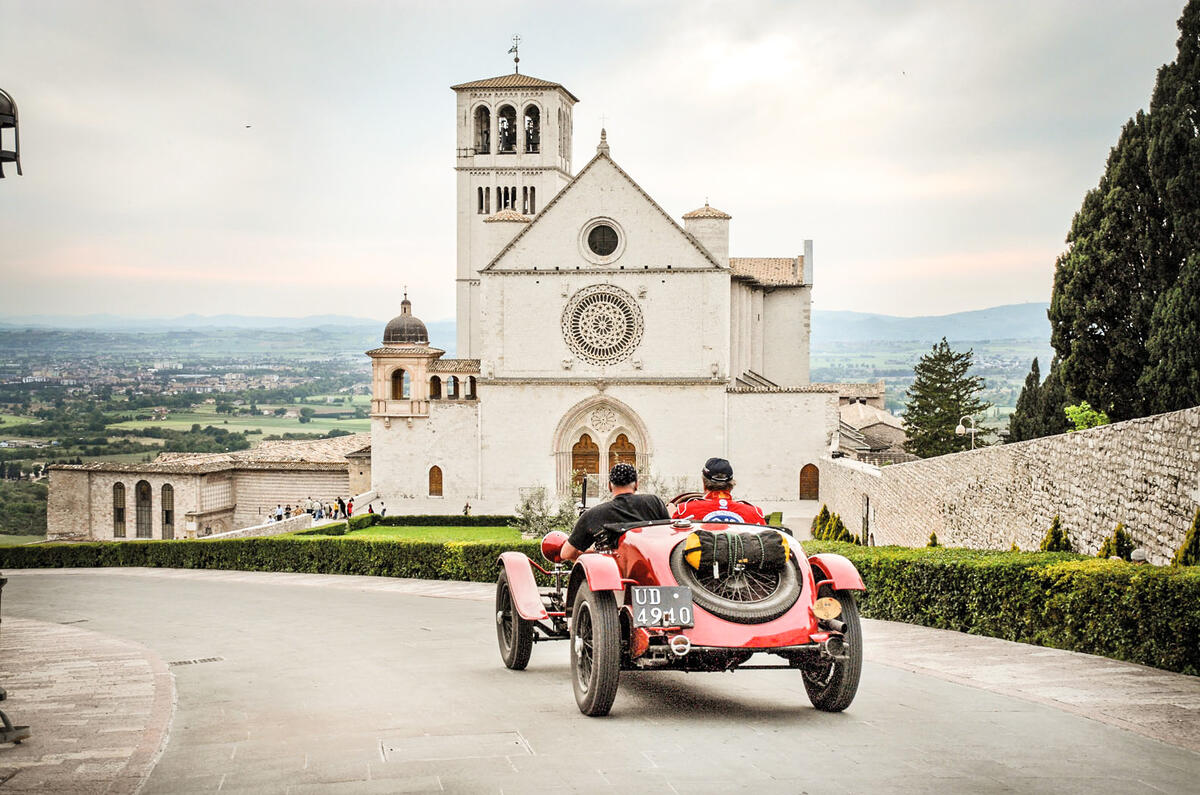
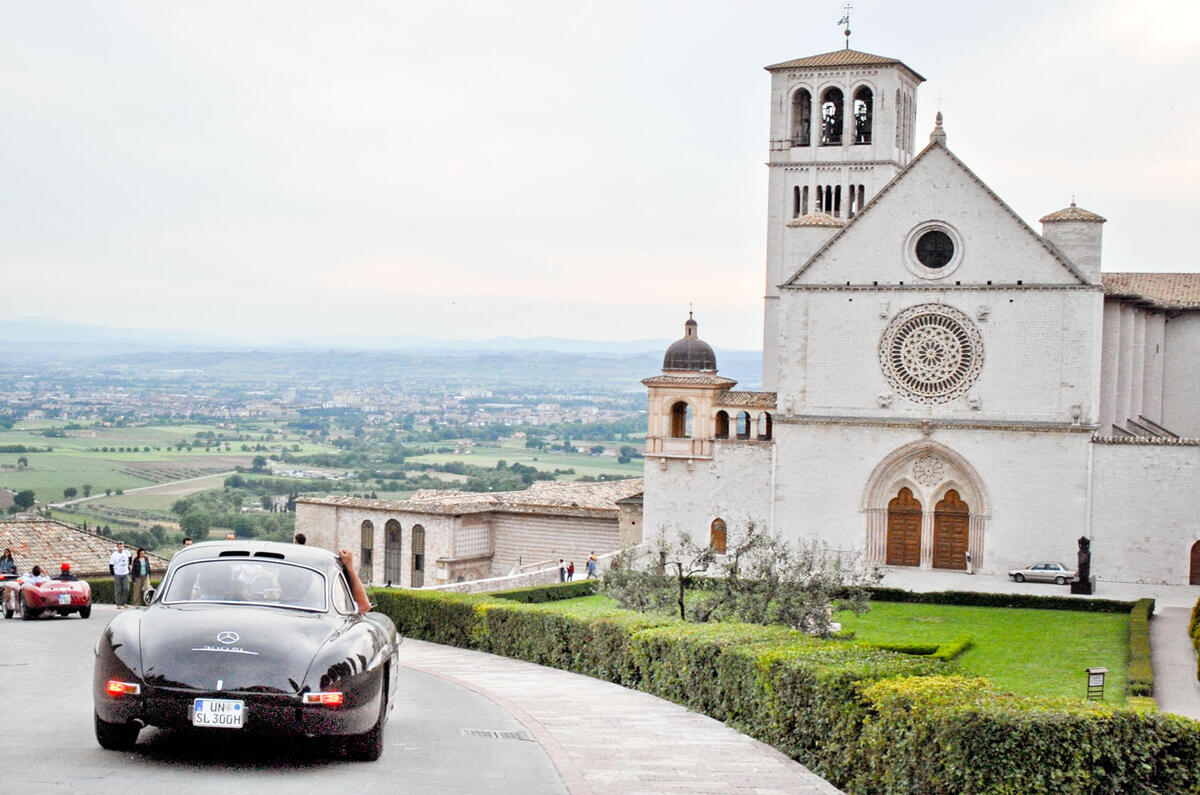
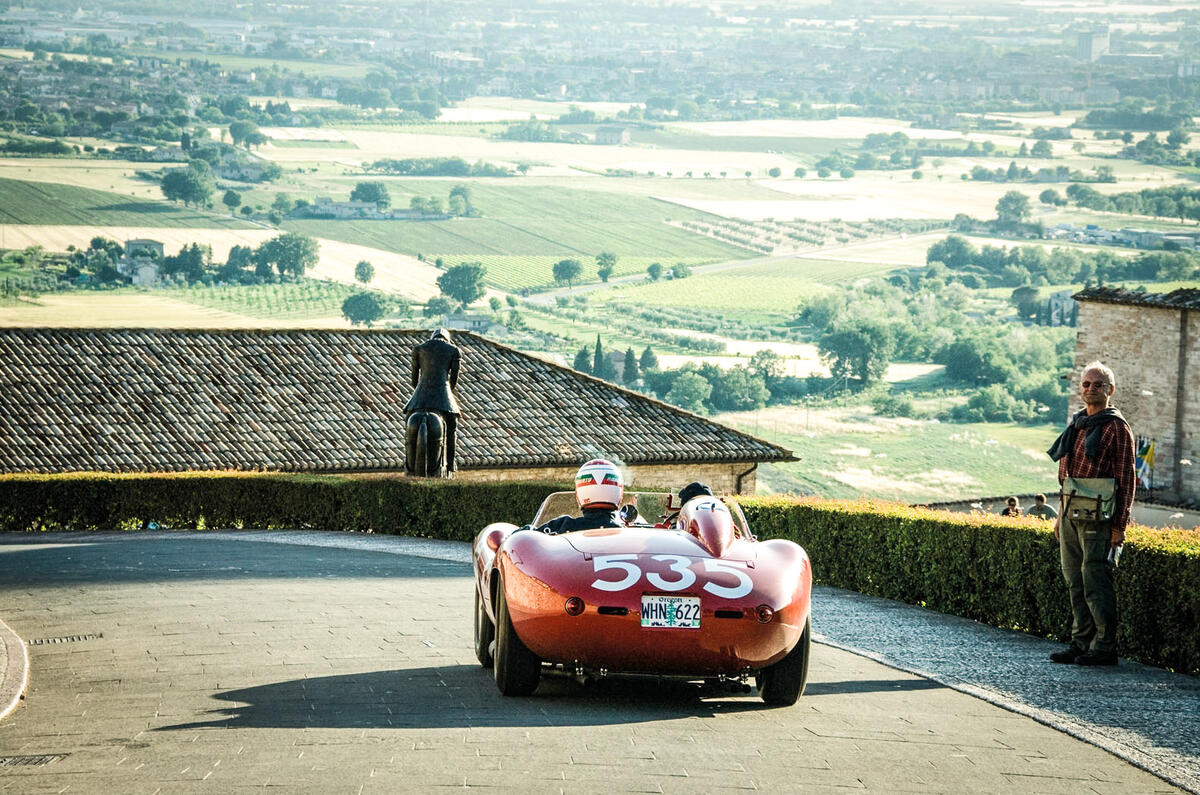
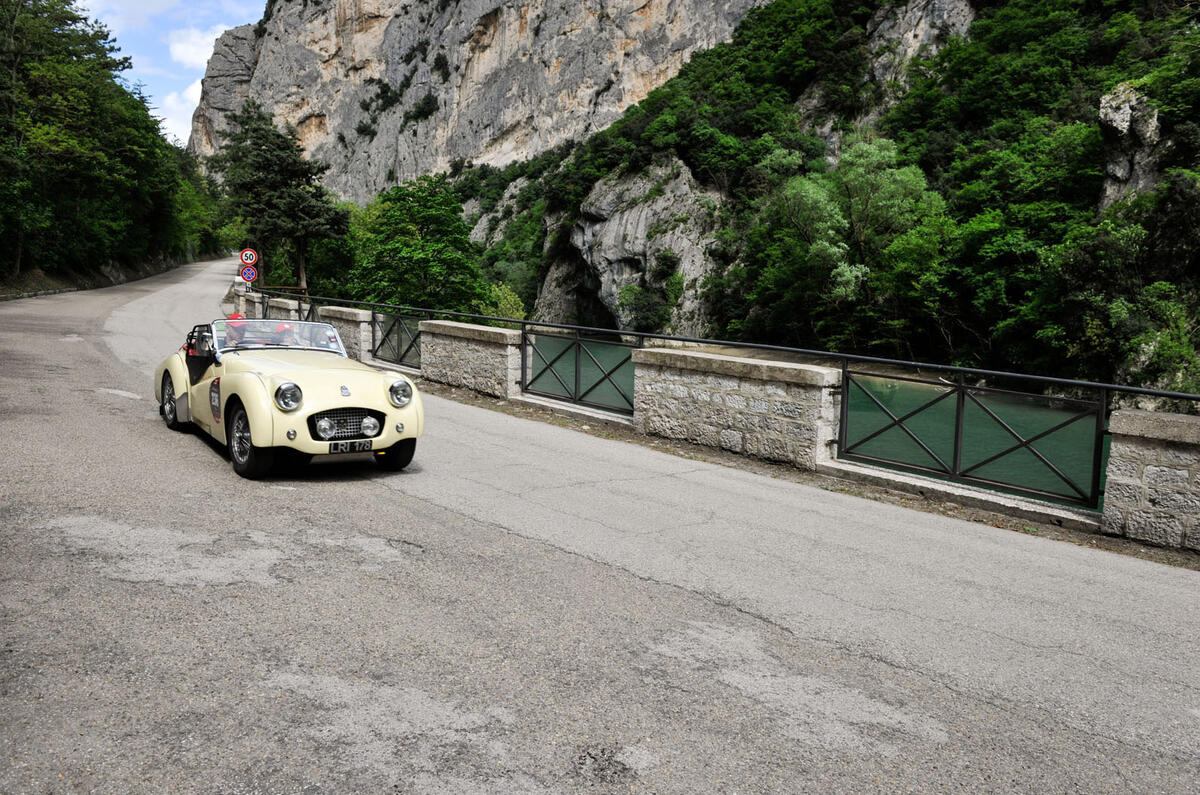
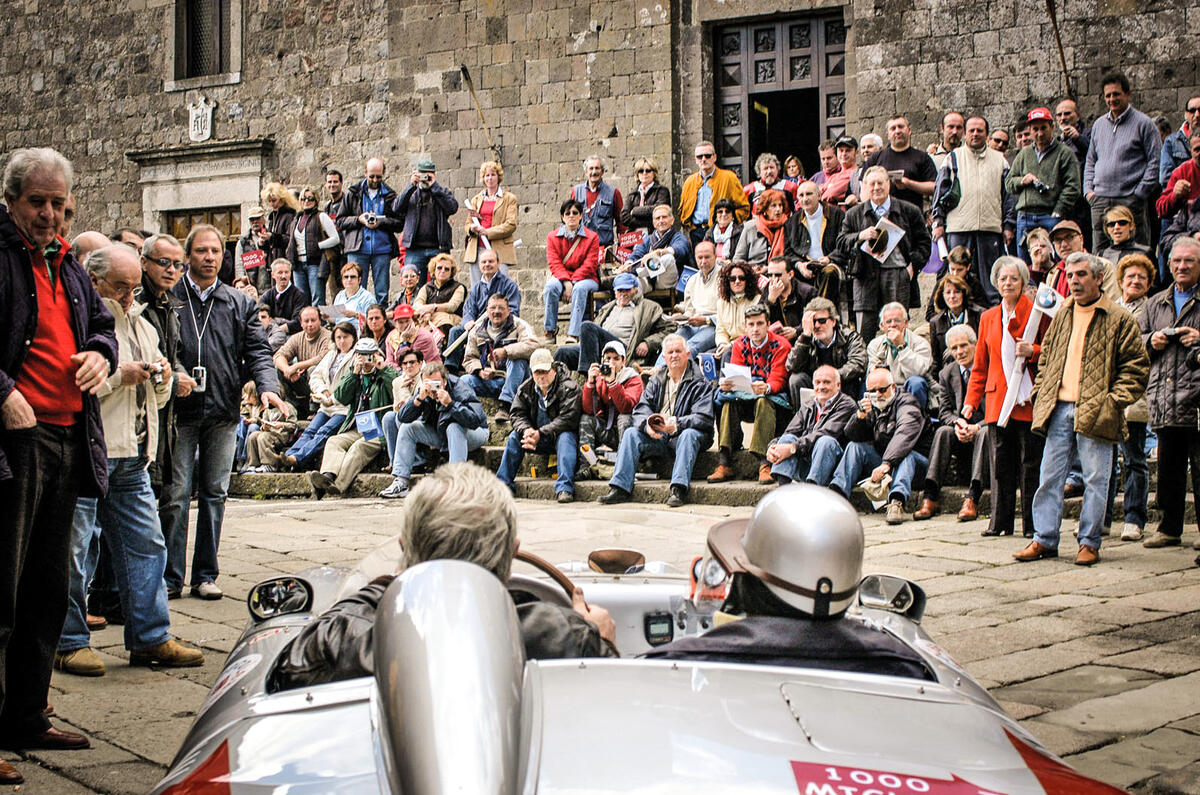
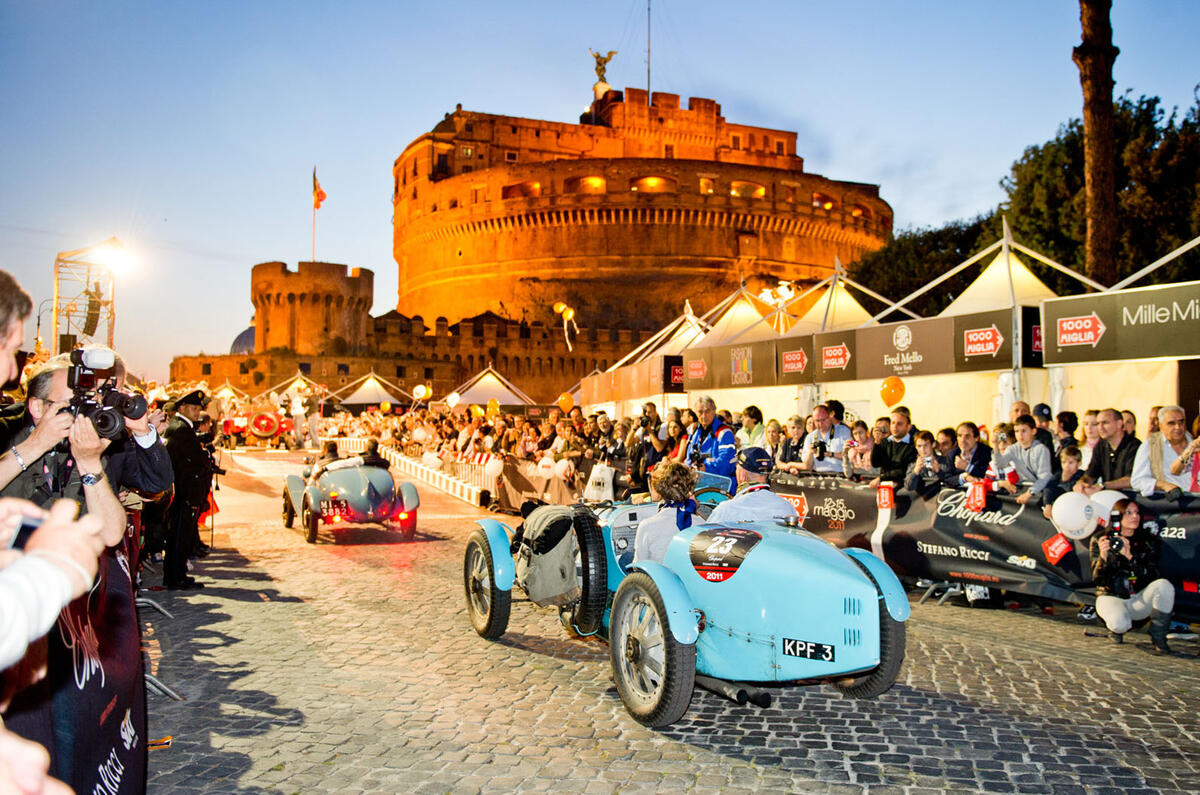
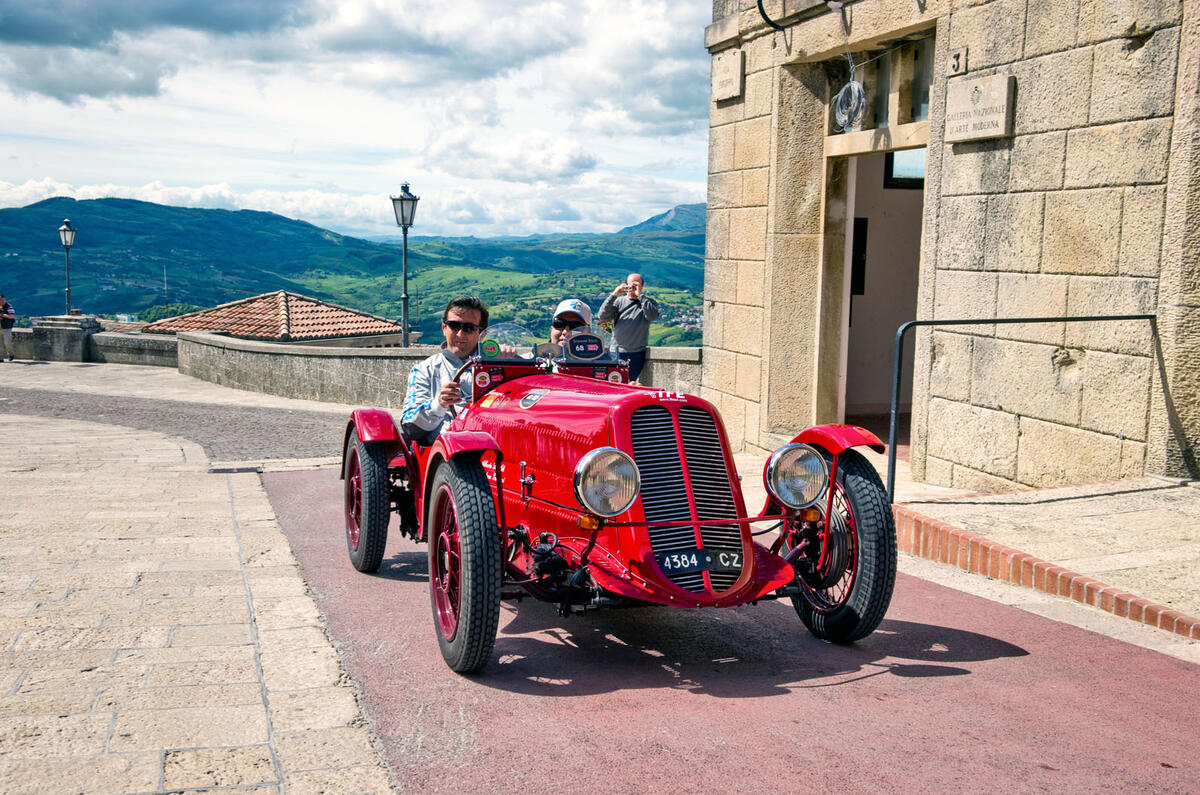
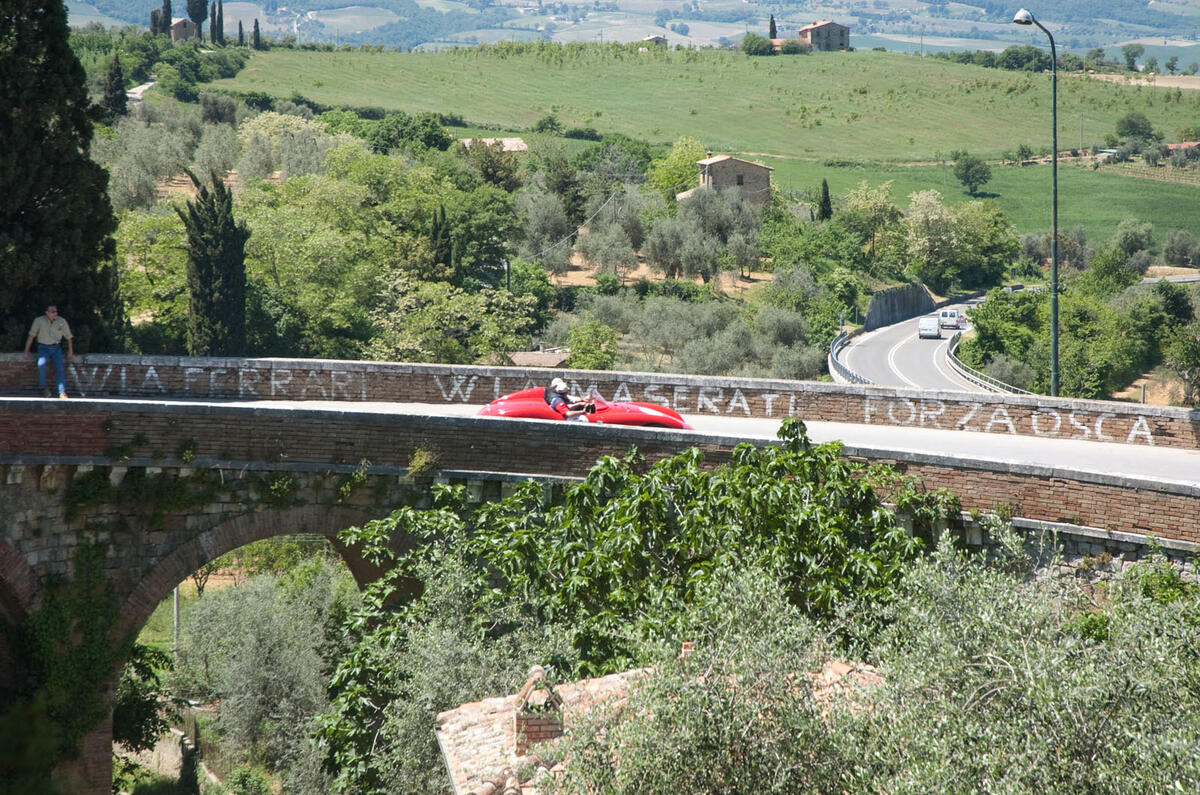
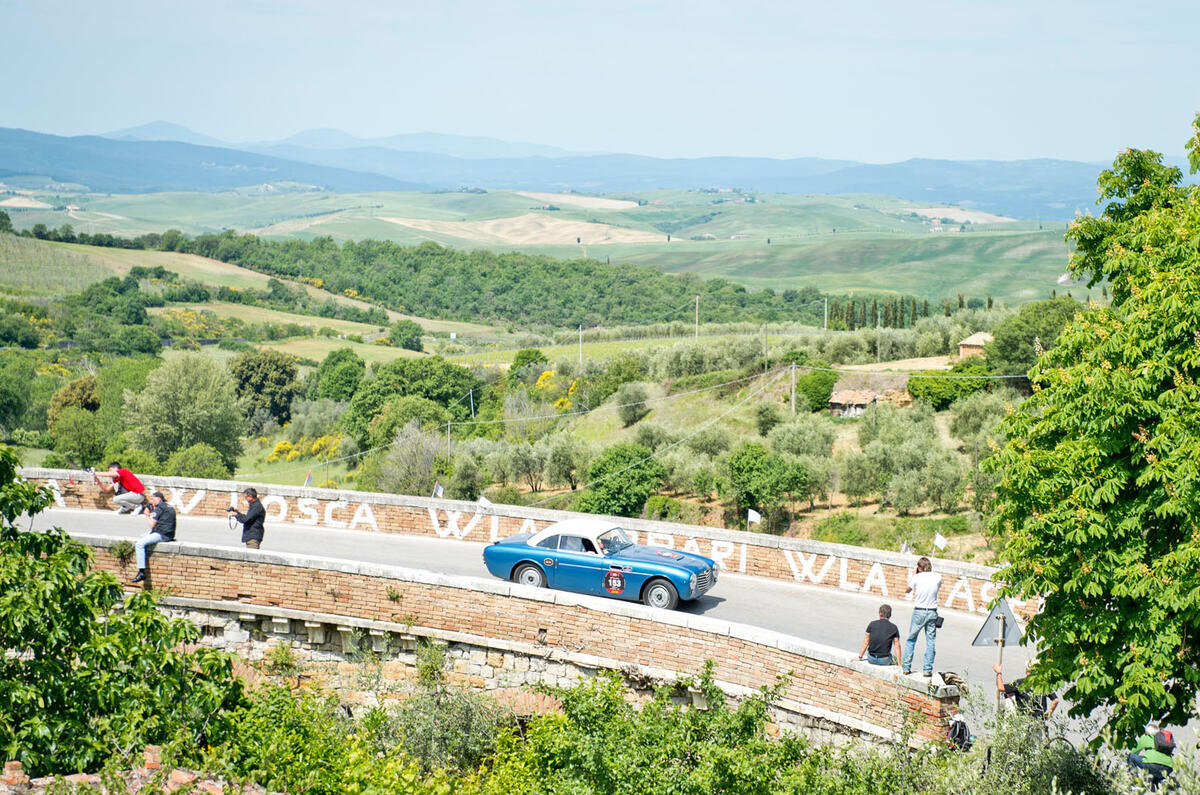
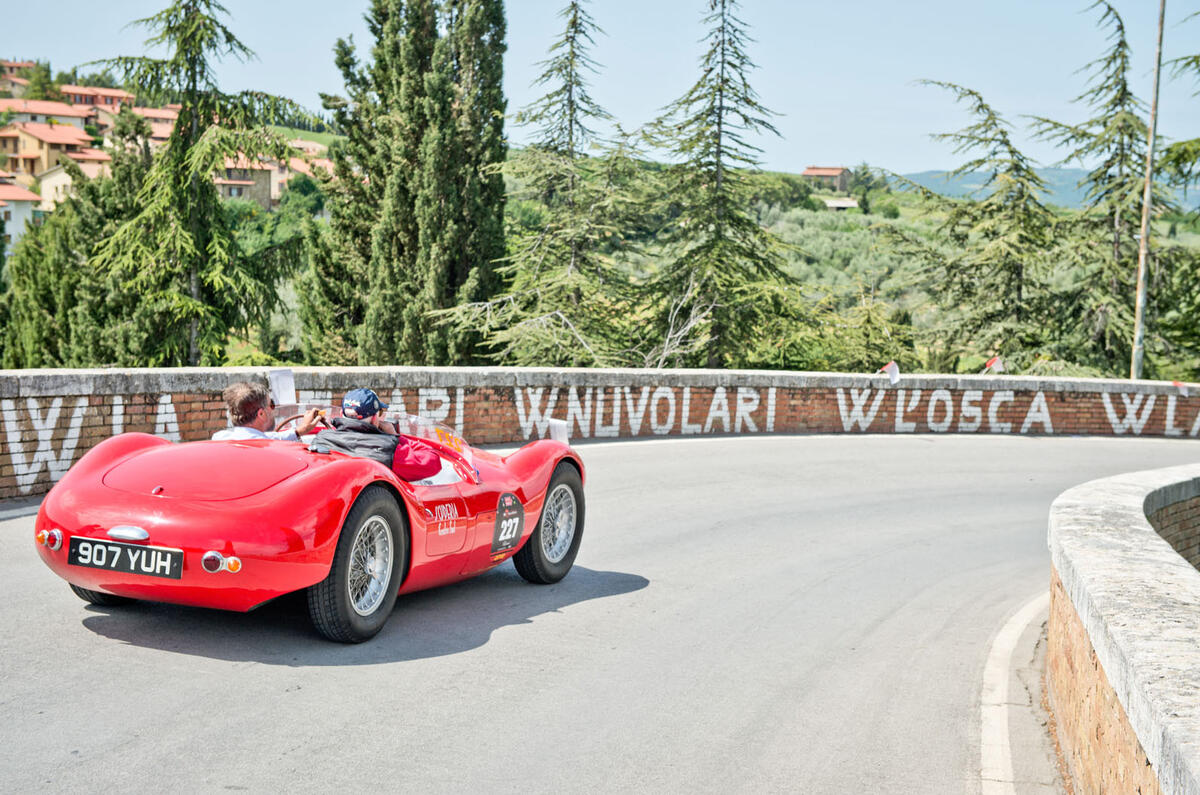
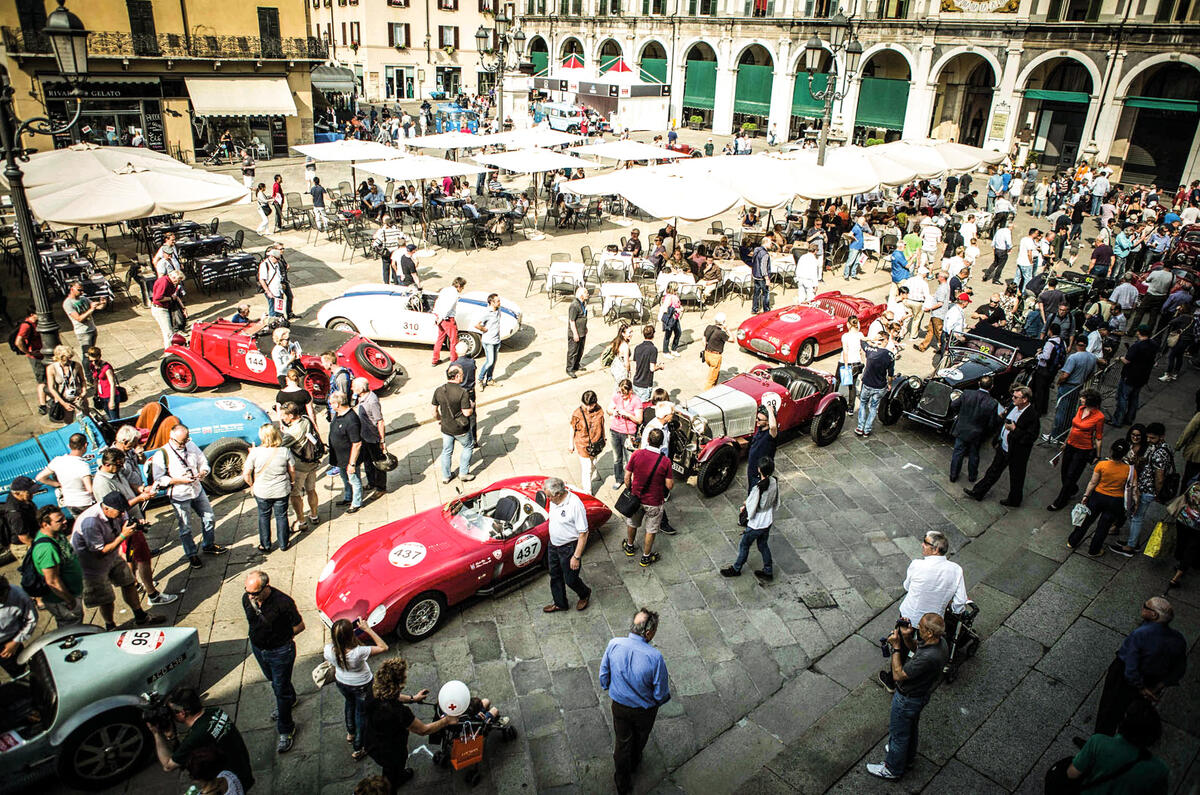
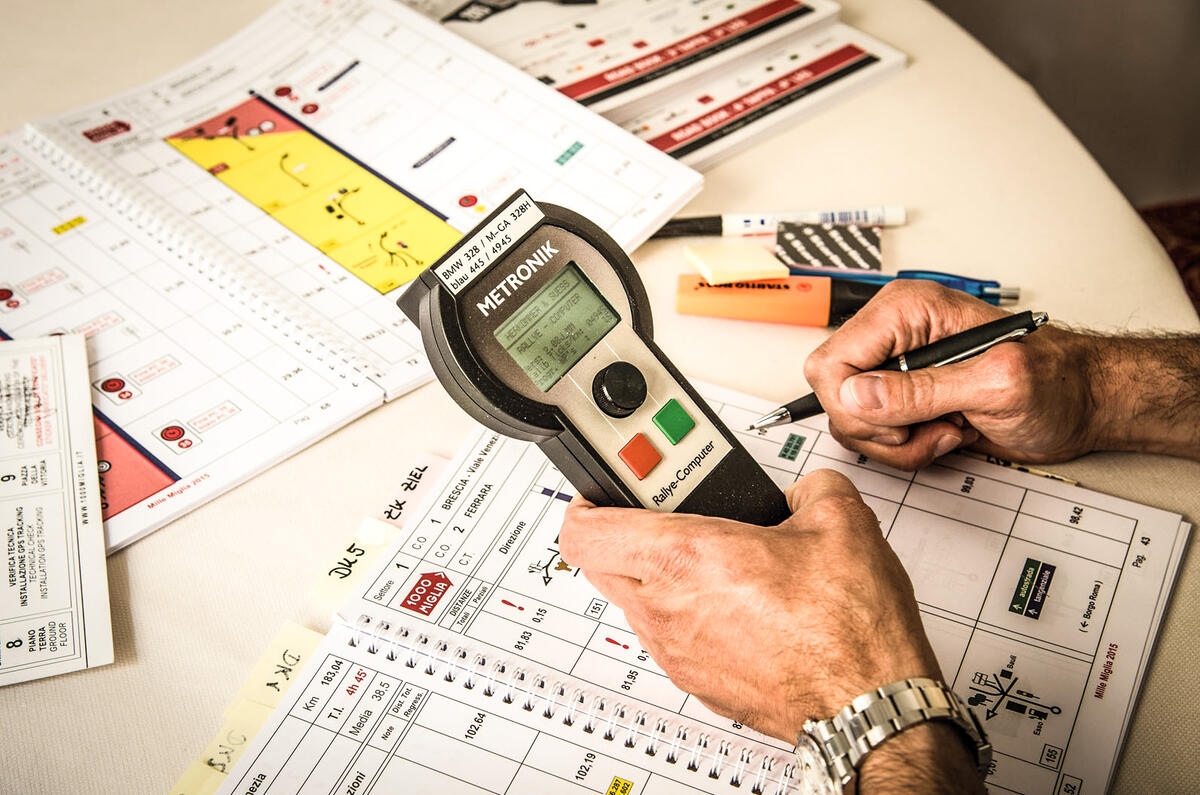

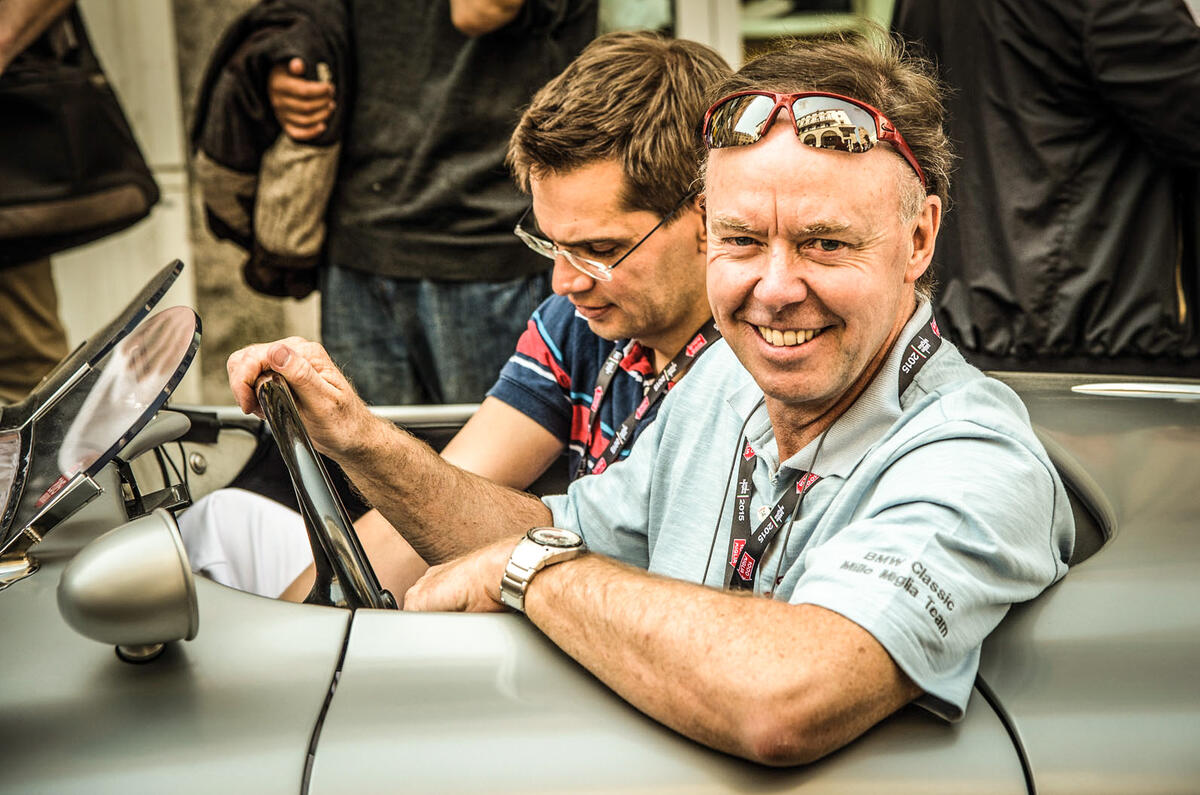
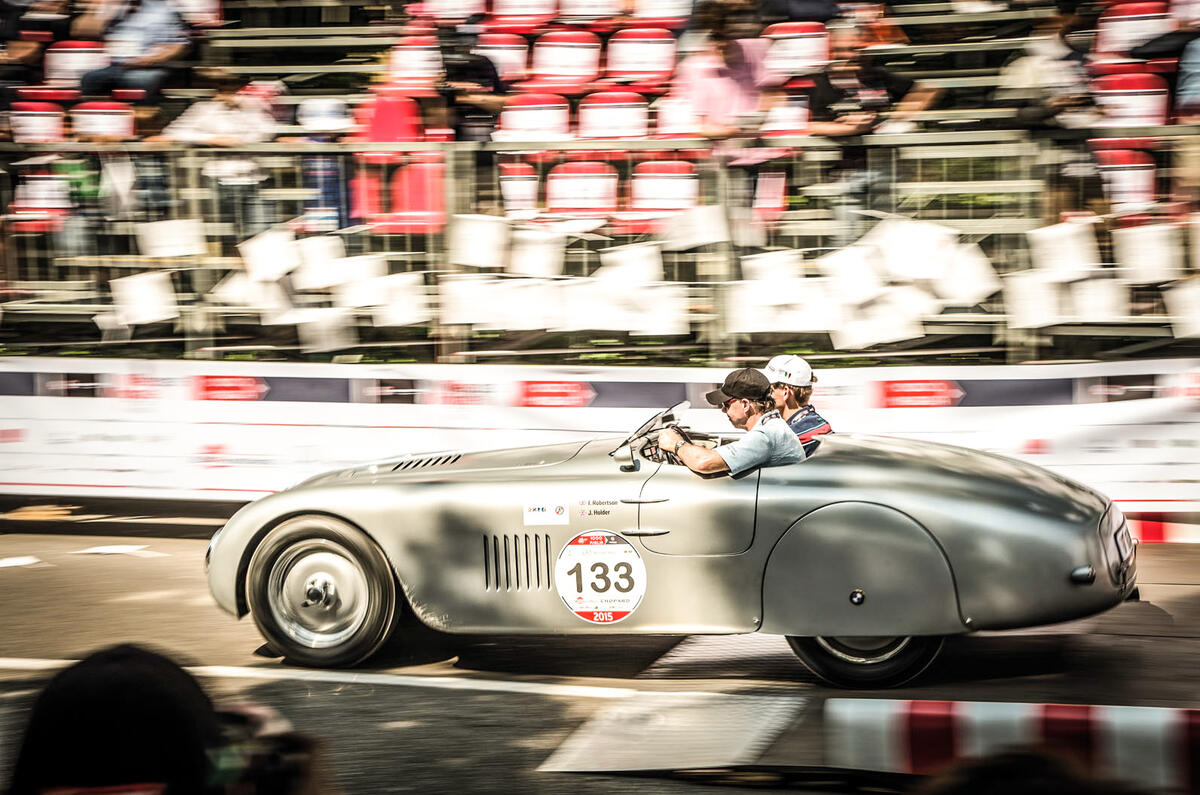
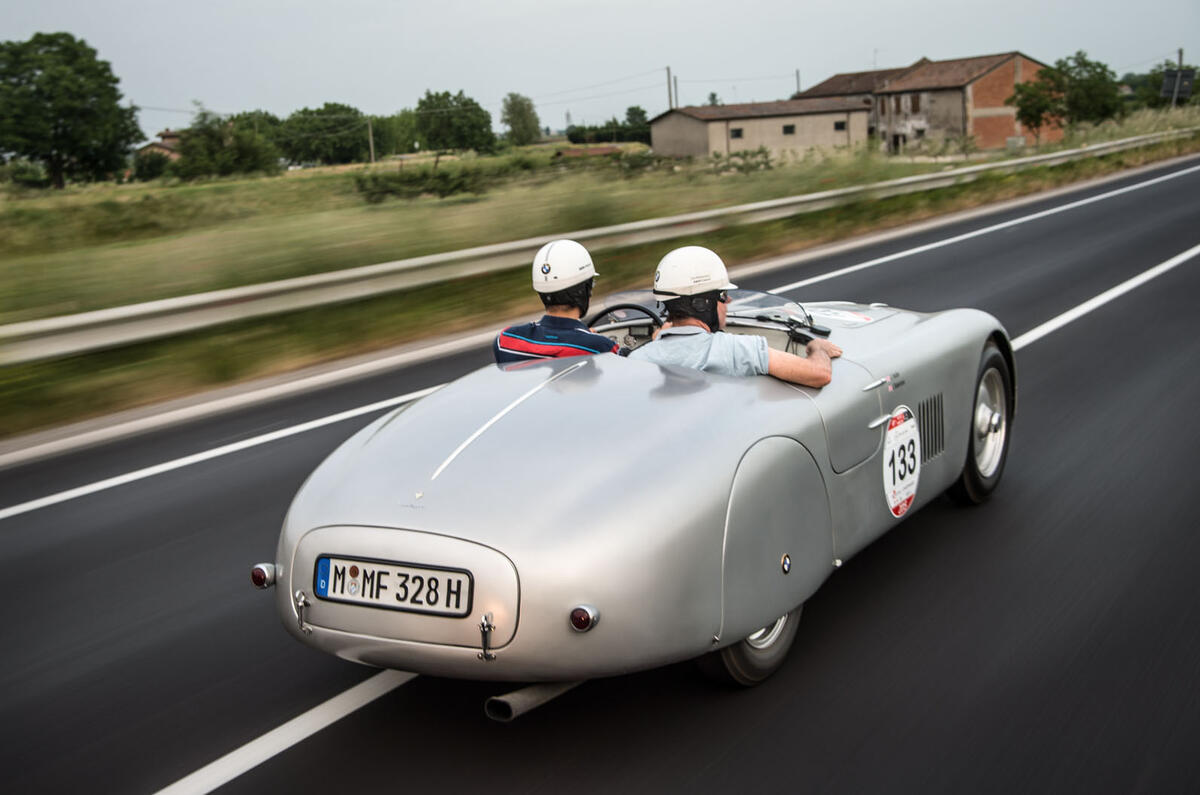


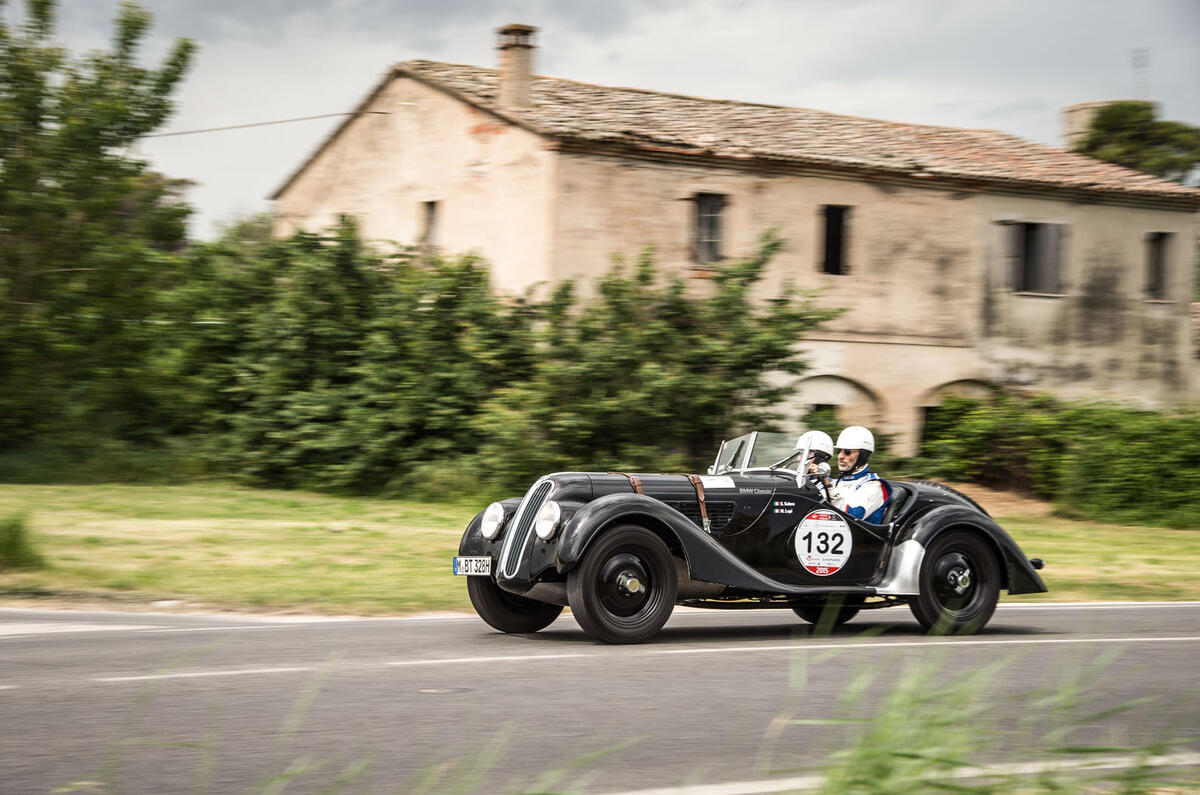
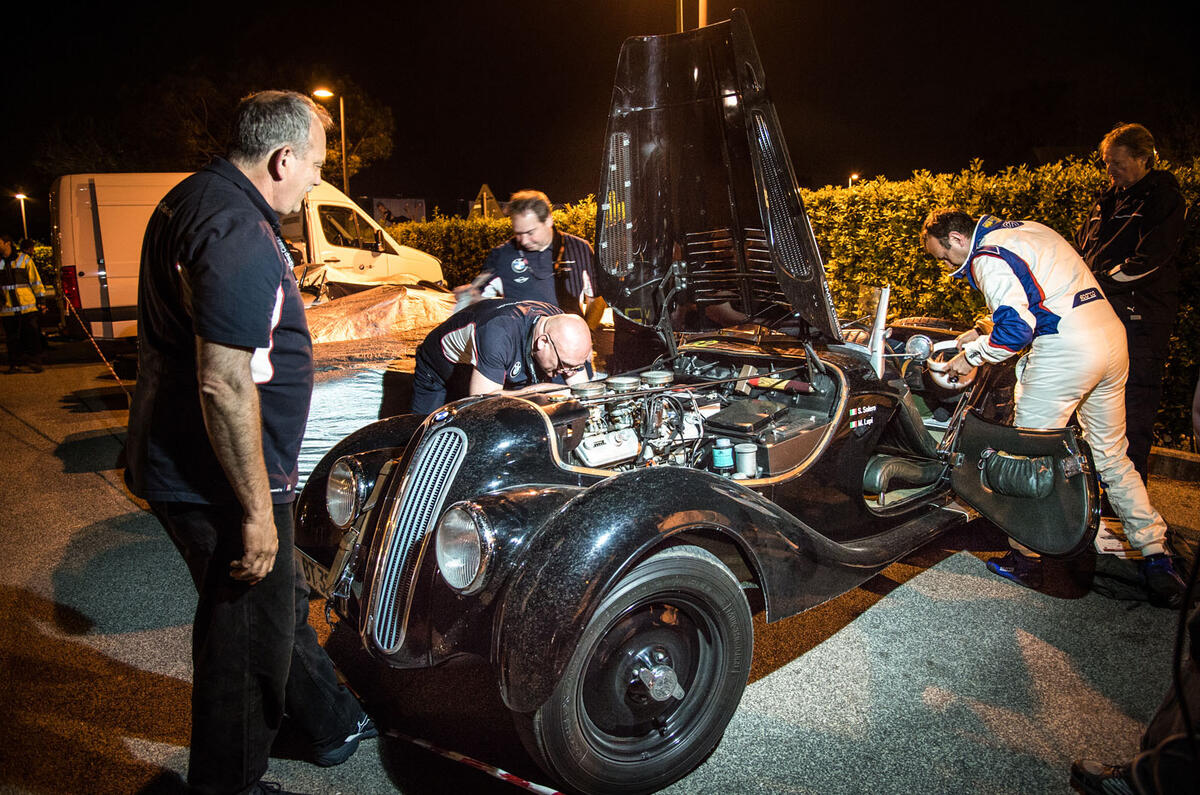
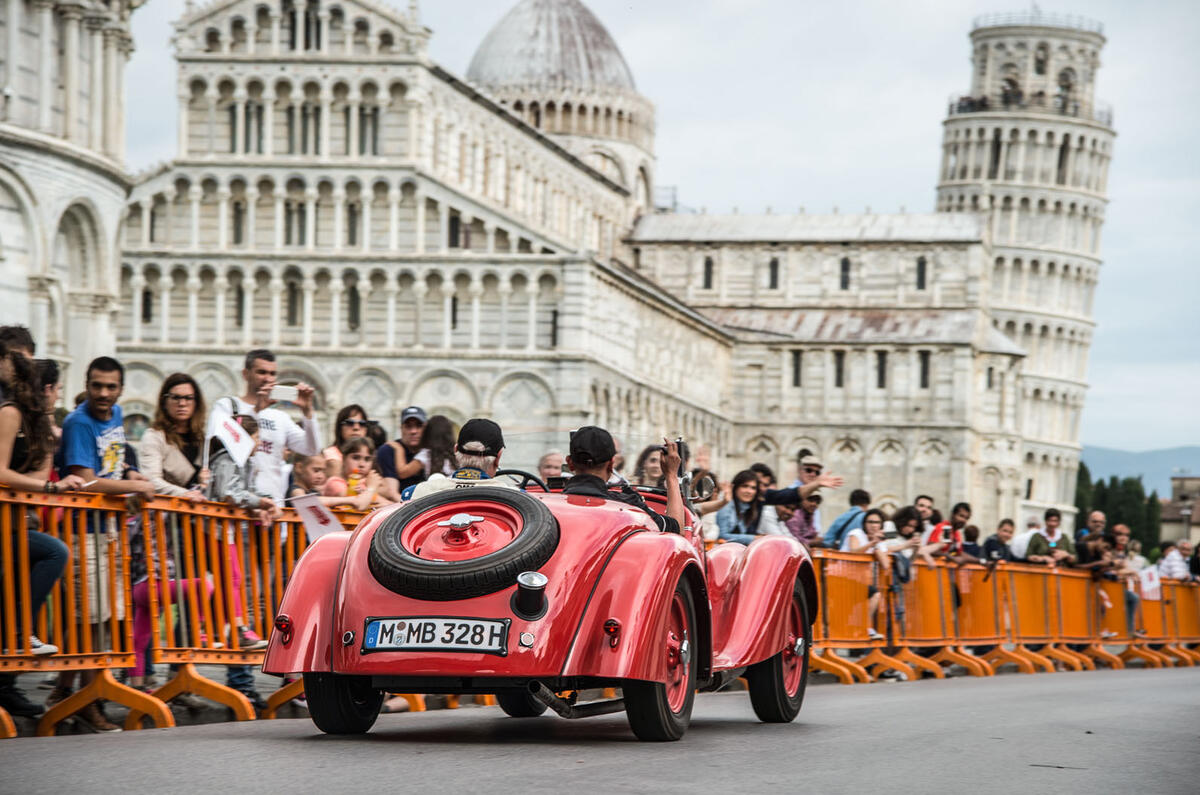
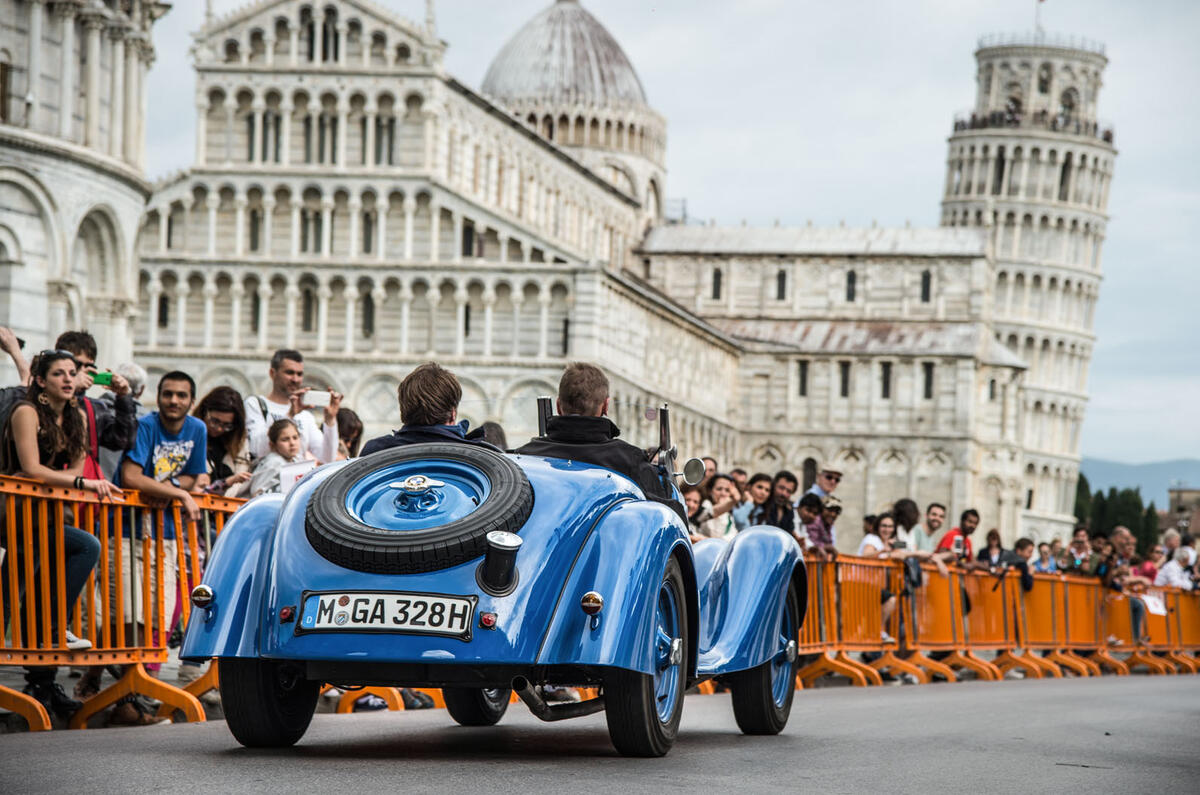
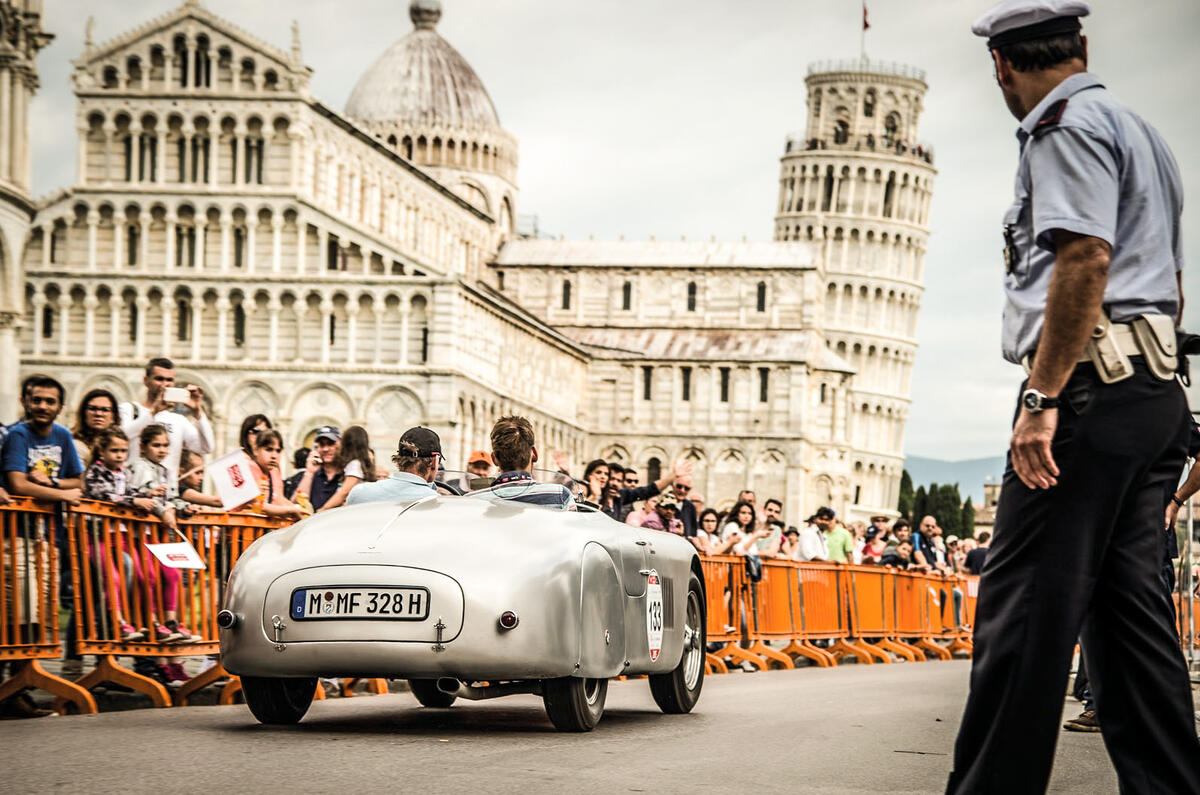
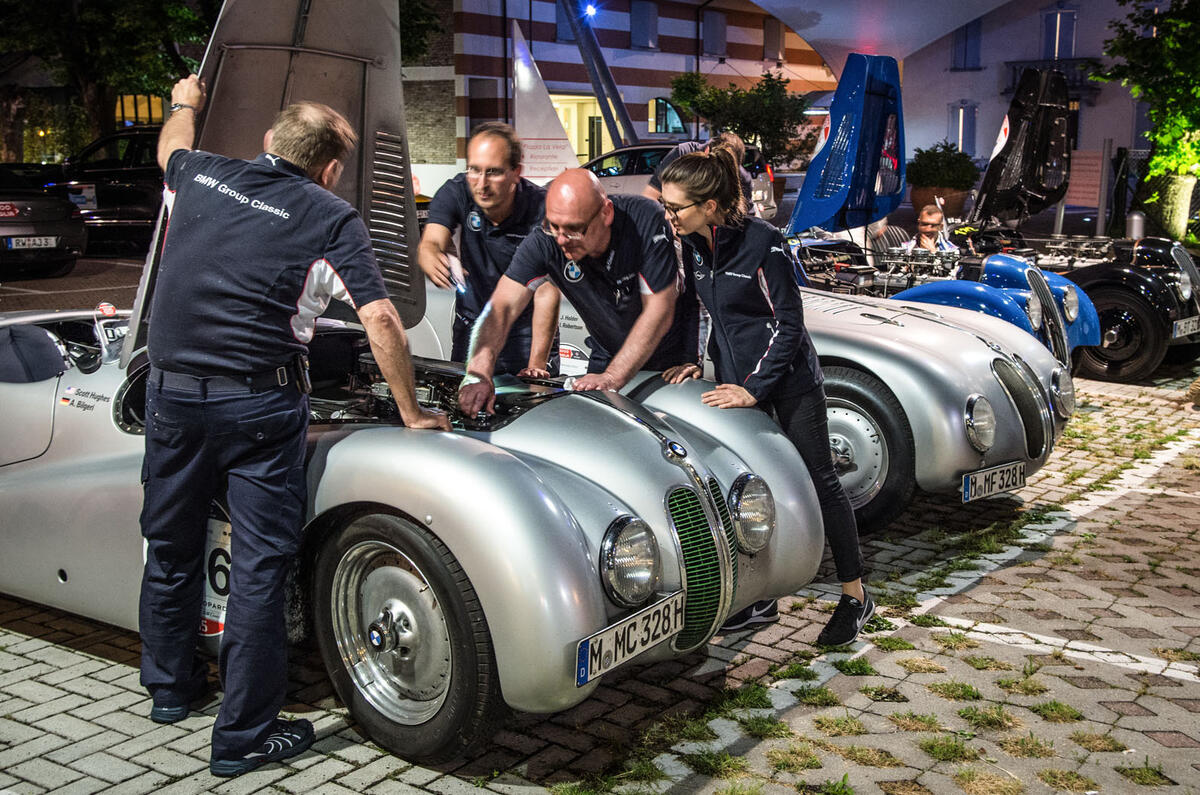
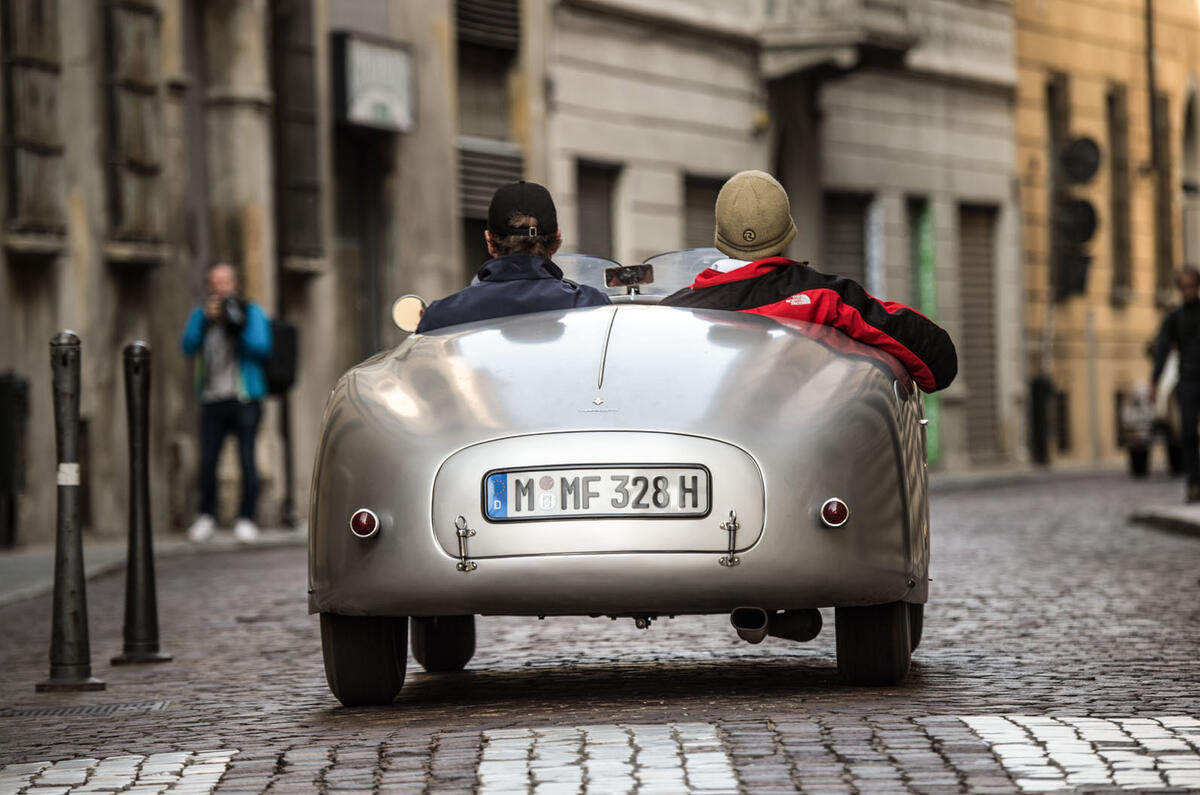
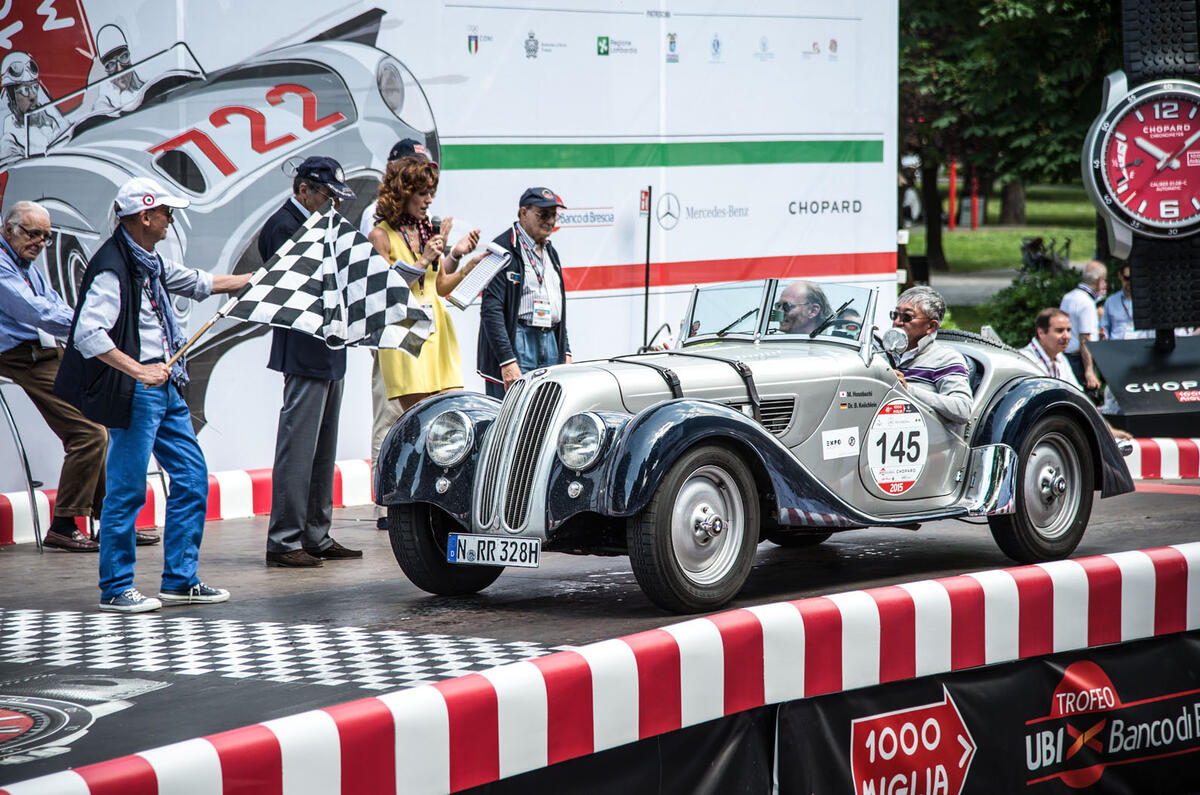
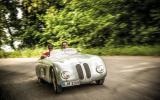
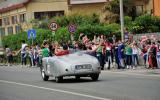
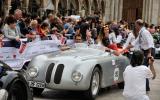
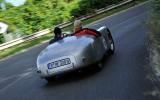
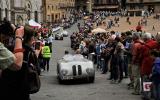
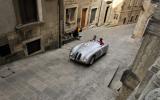
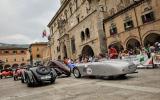
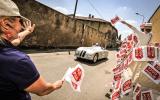
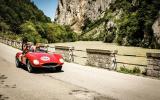
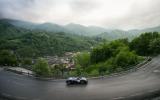
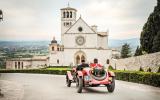

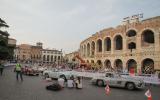
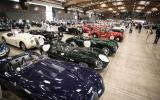


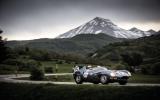
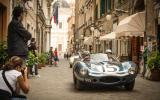
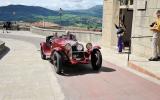
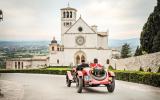

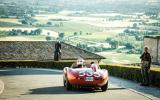
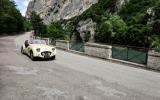
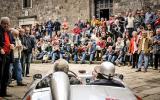
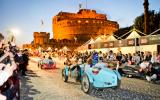
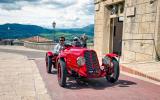
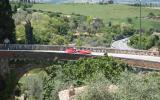

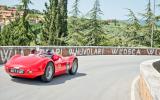
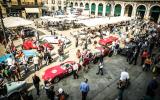



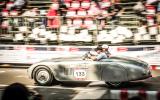
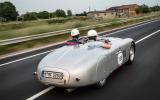
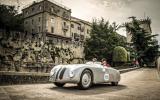
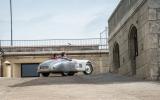
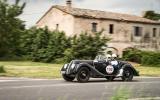

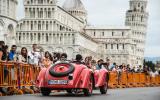
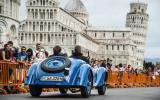
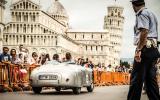
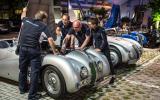





Add your comment